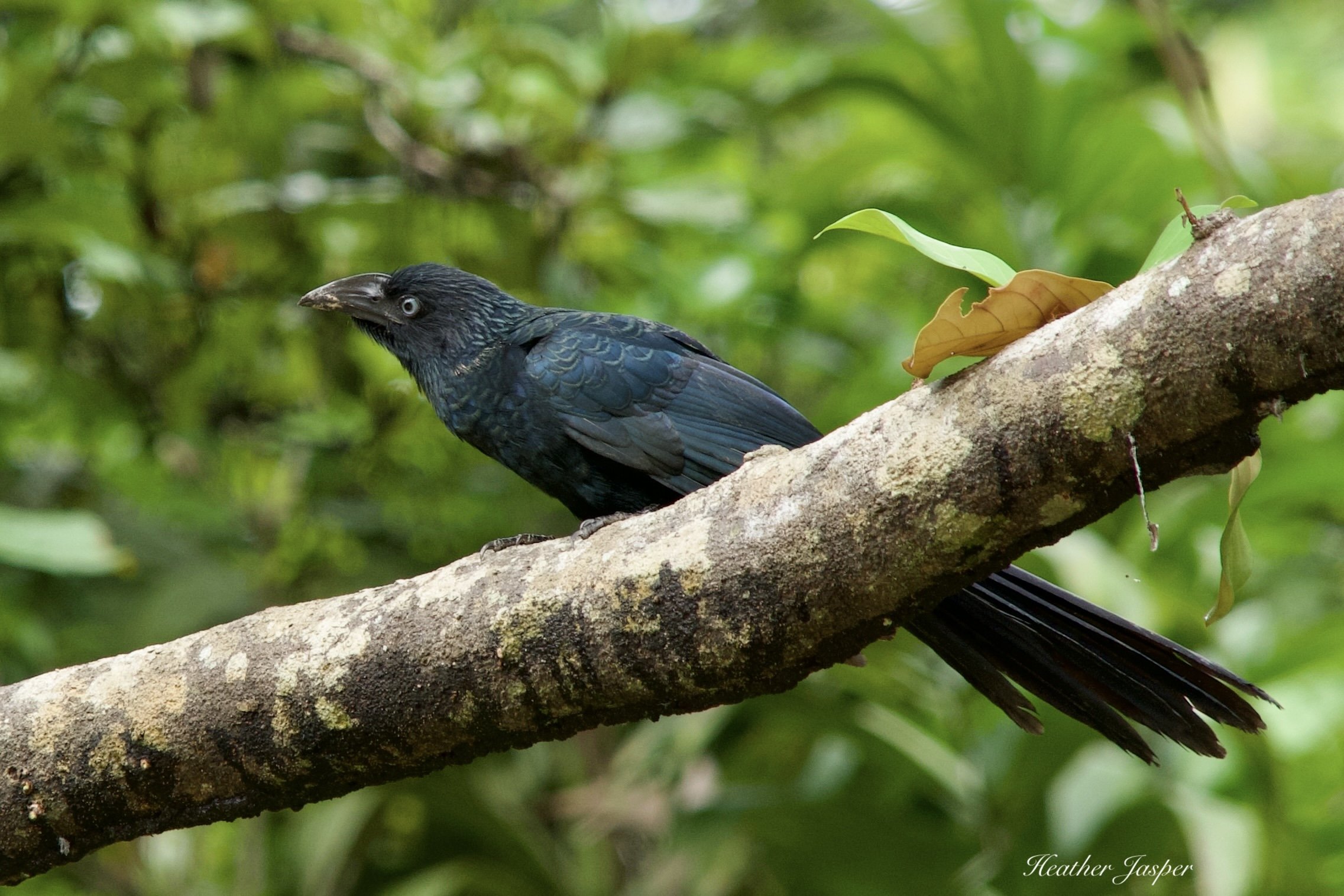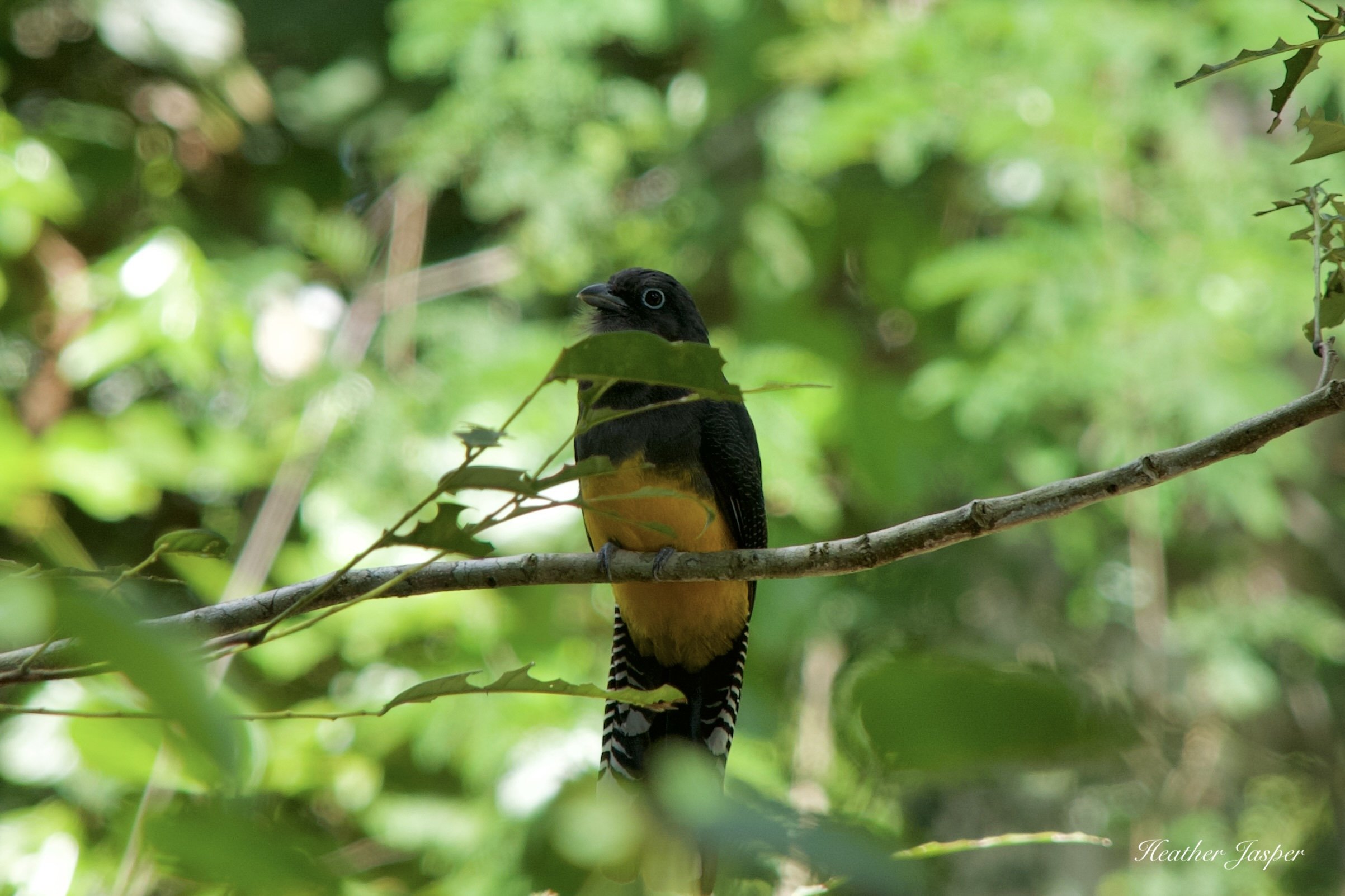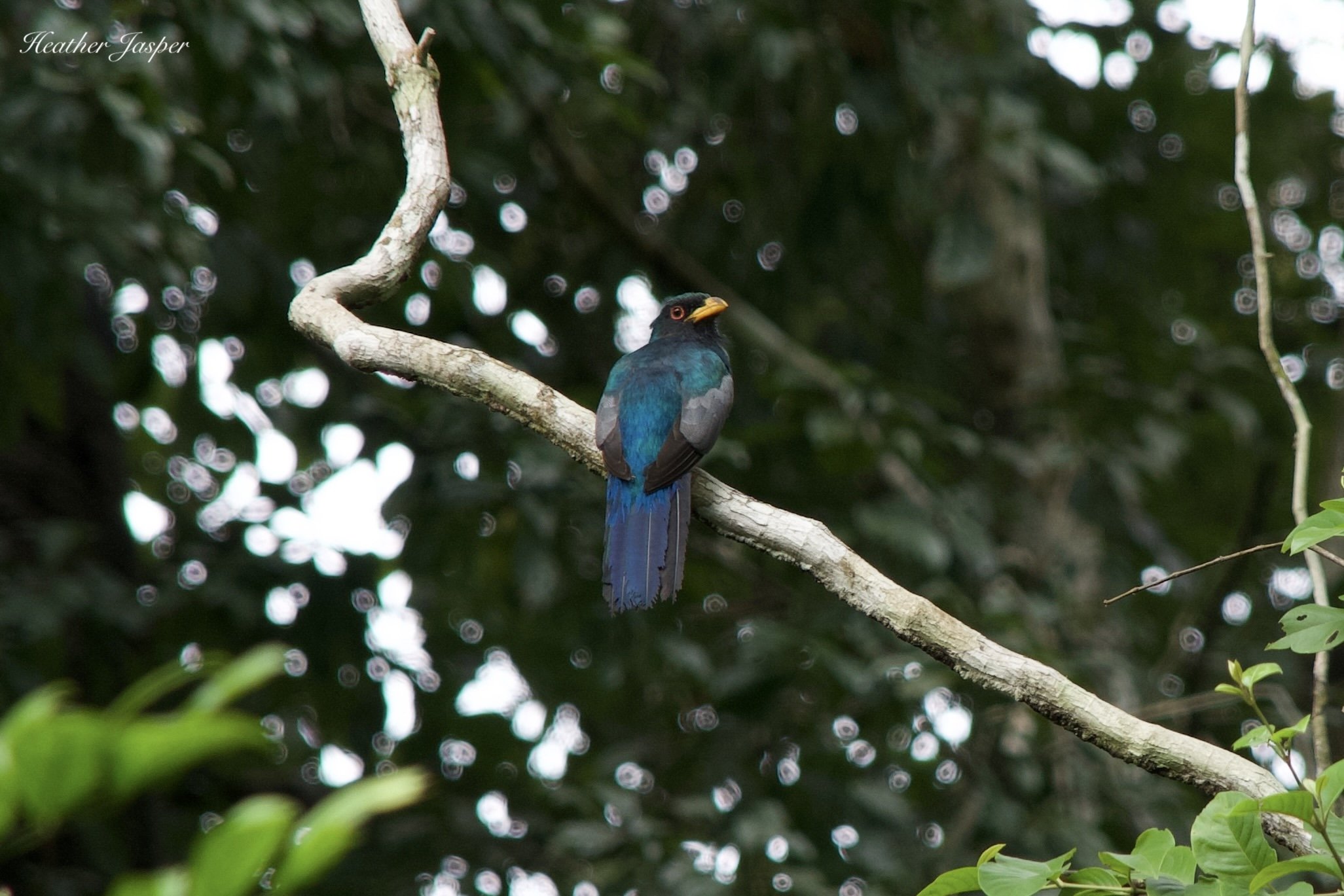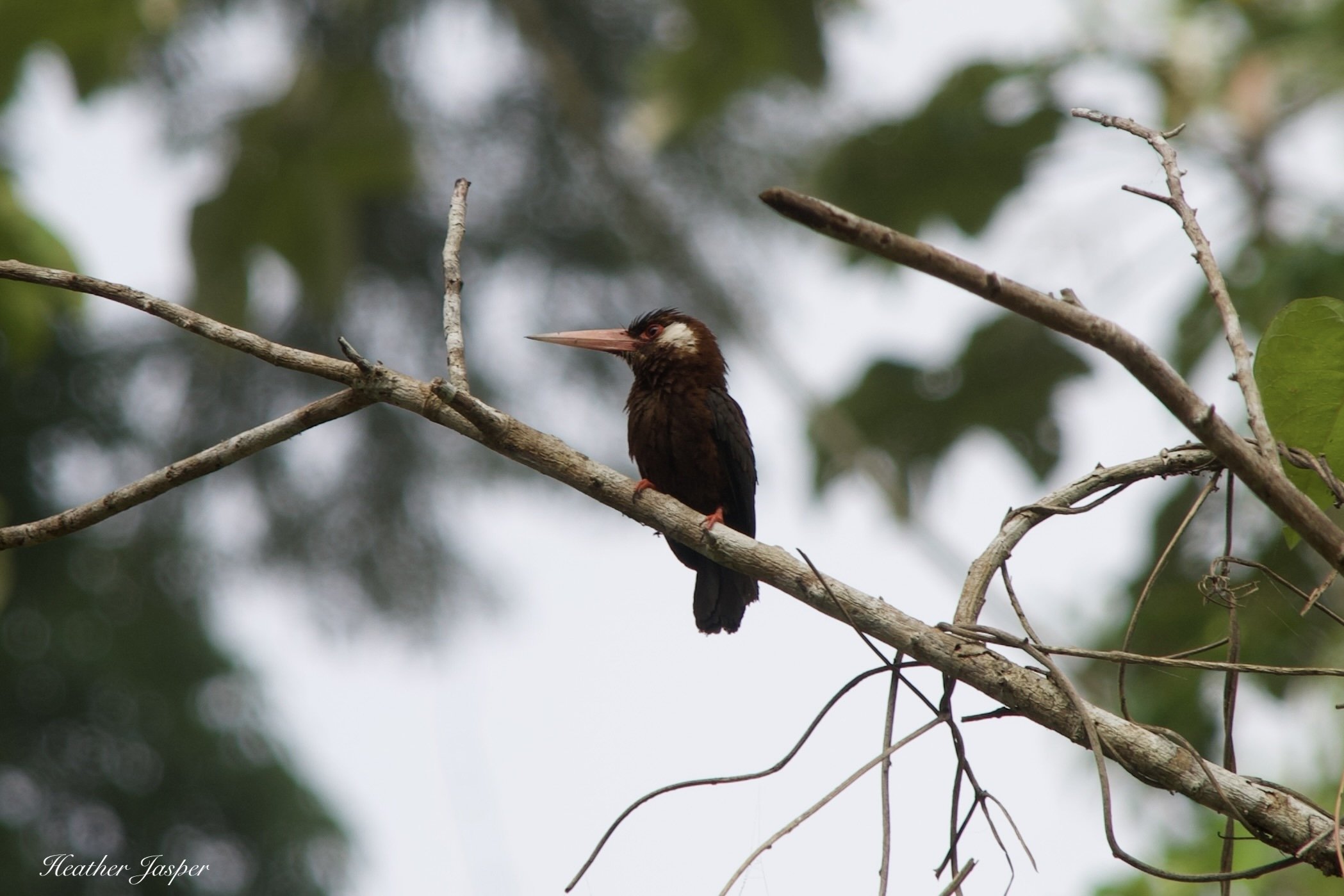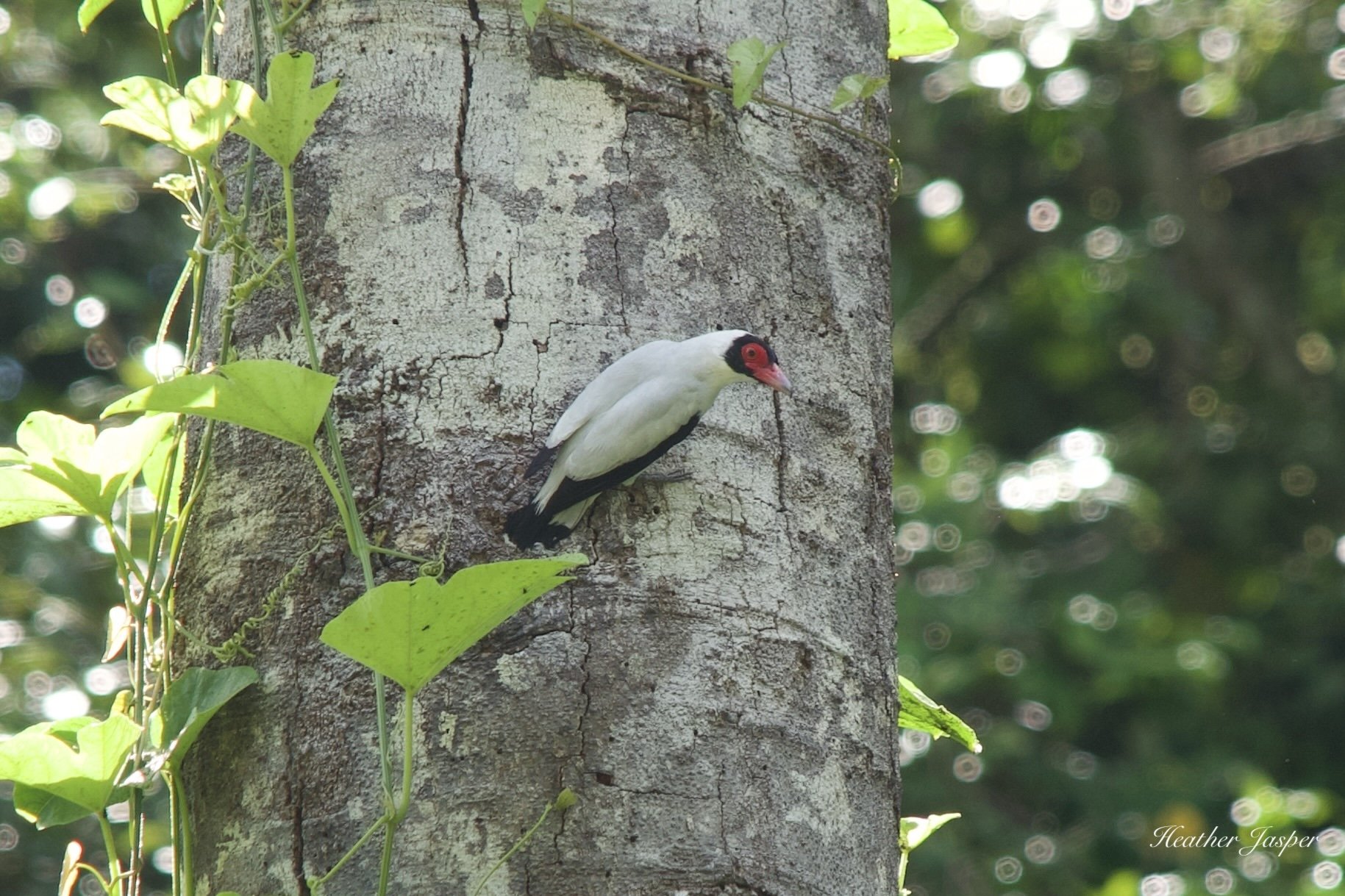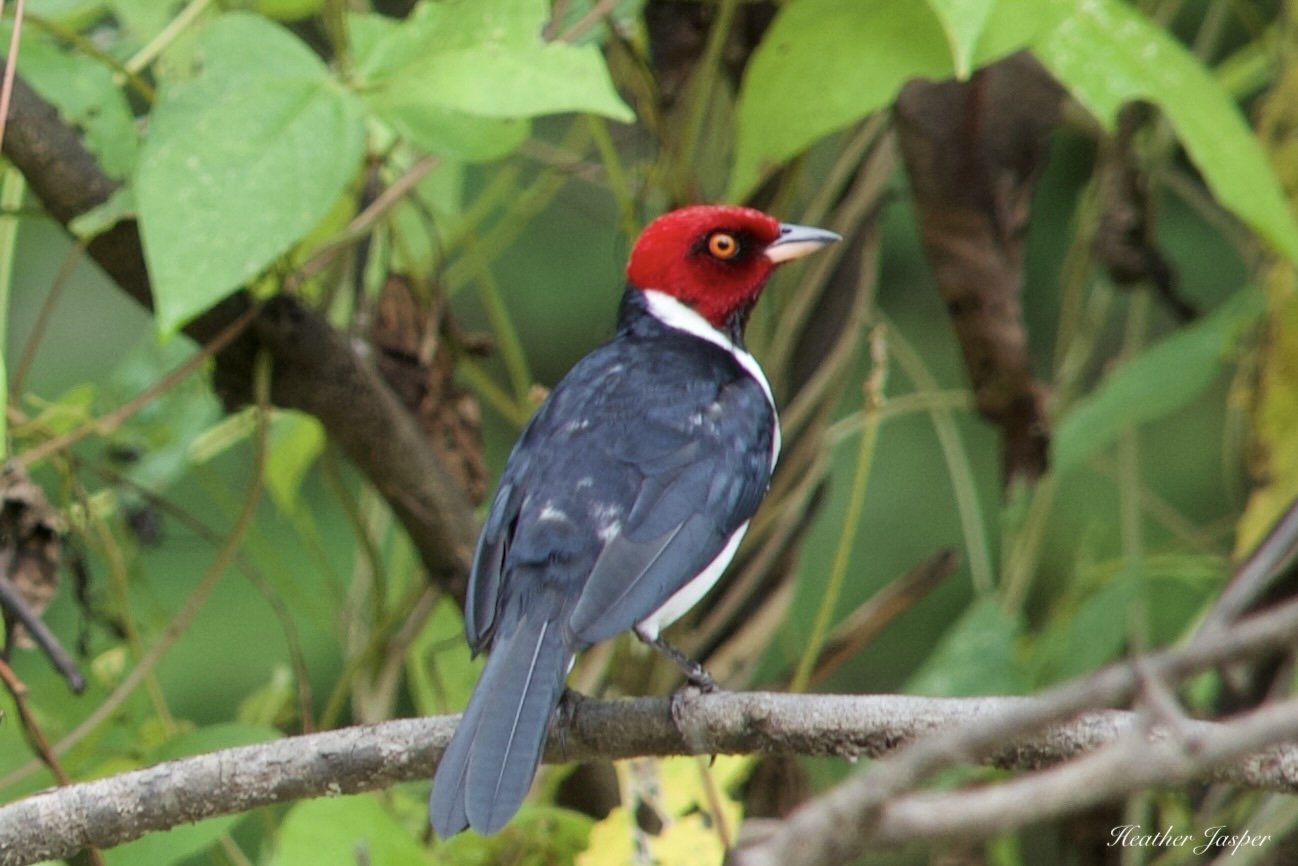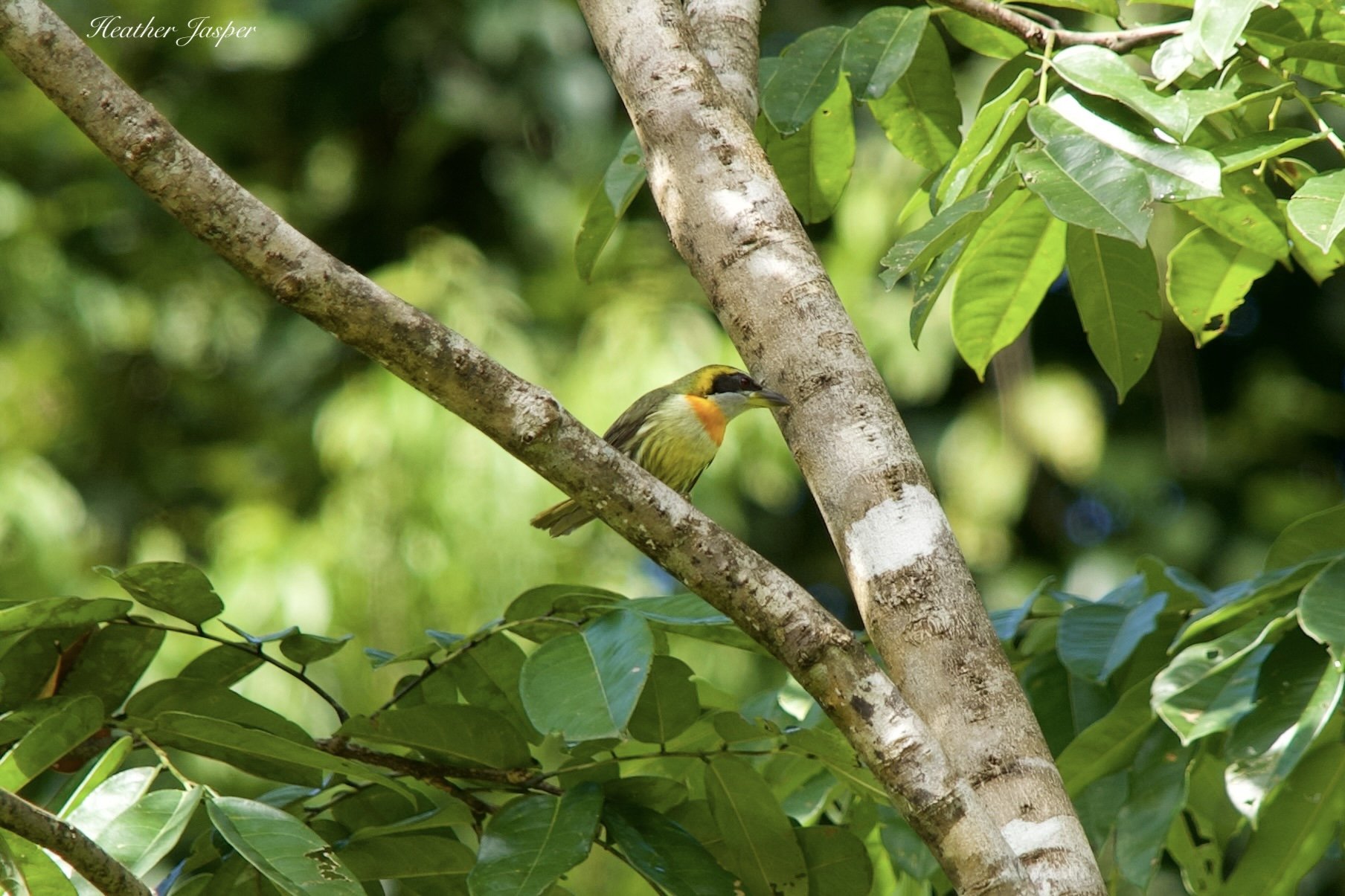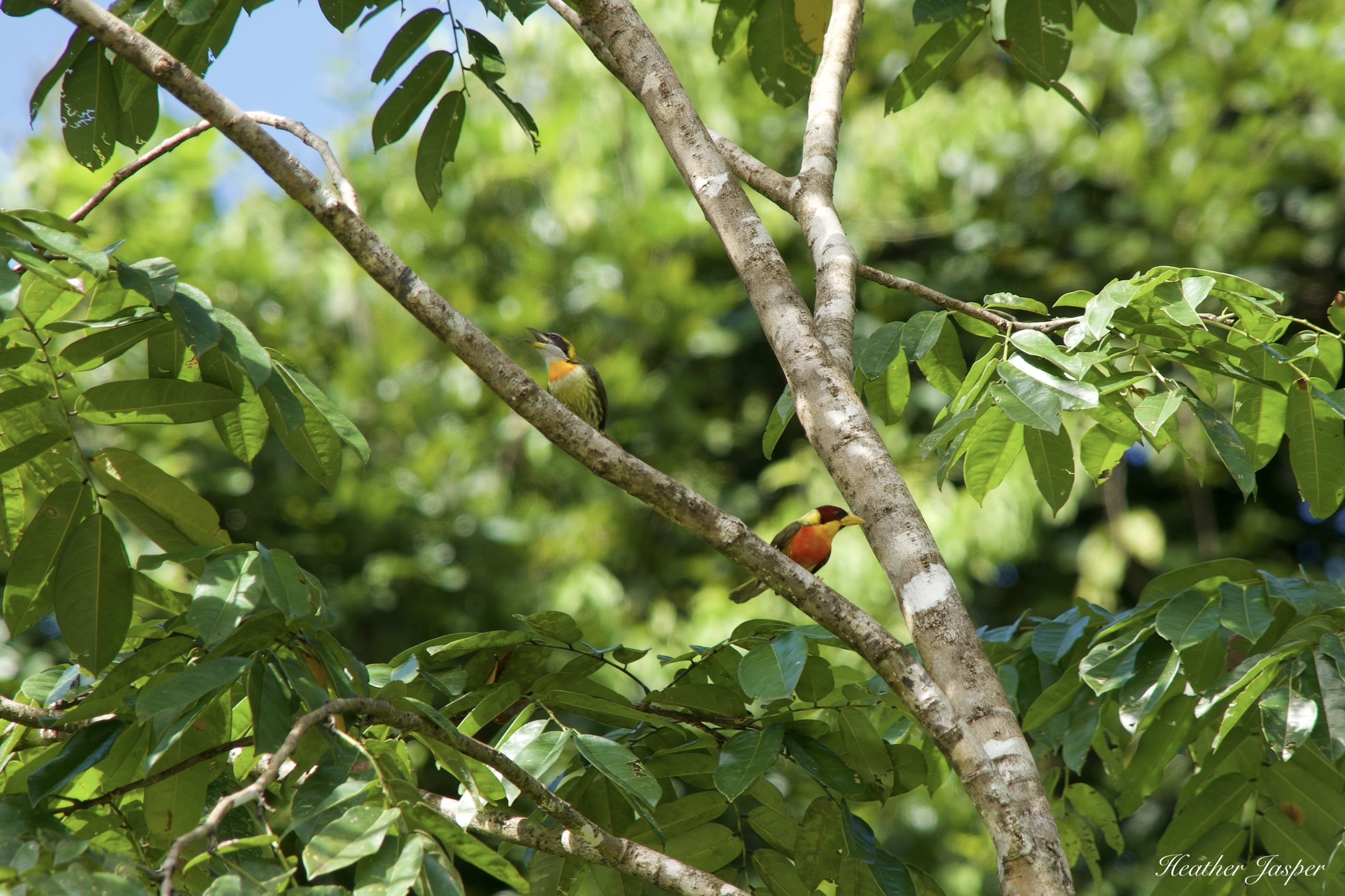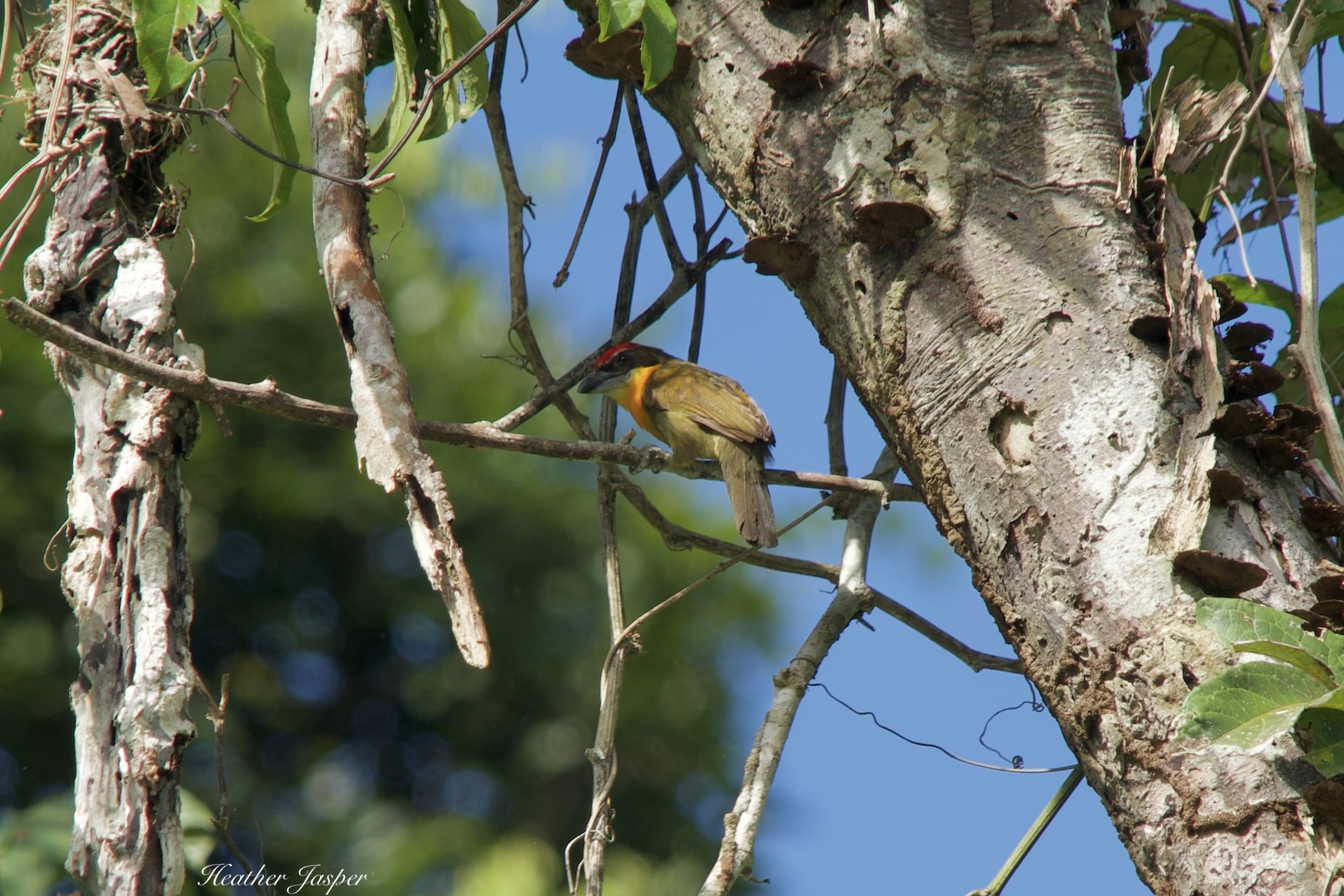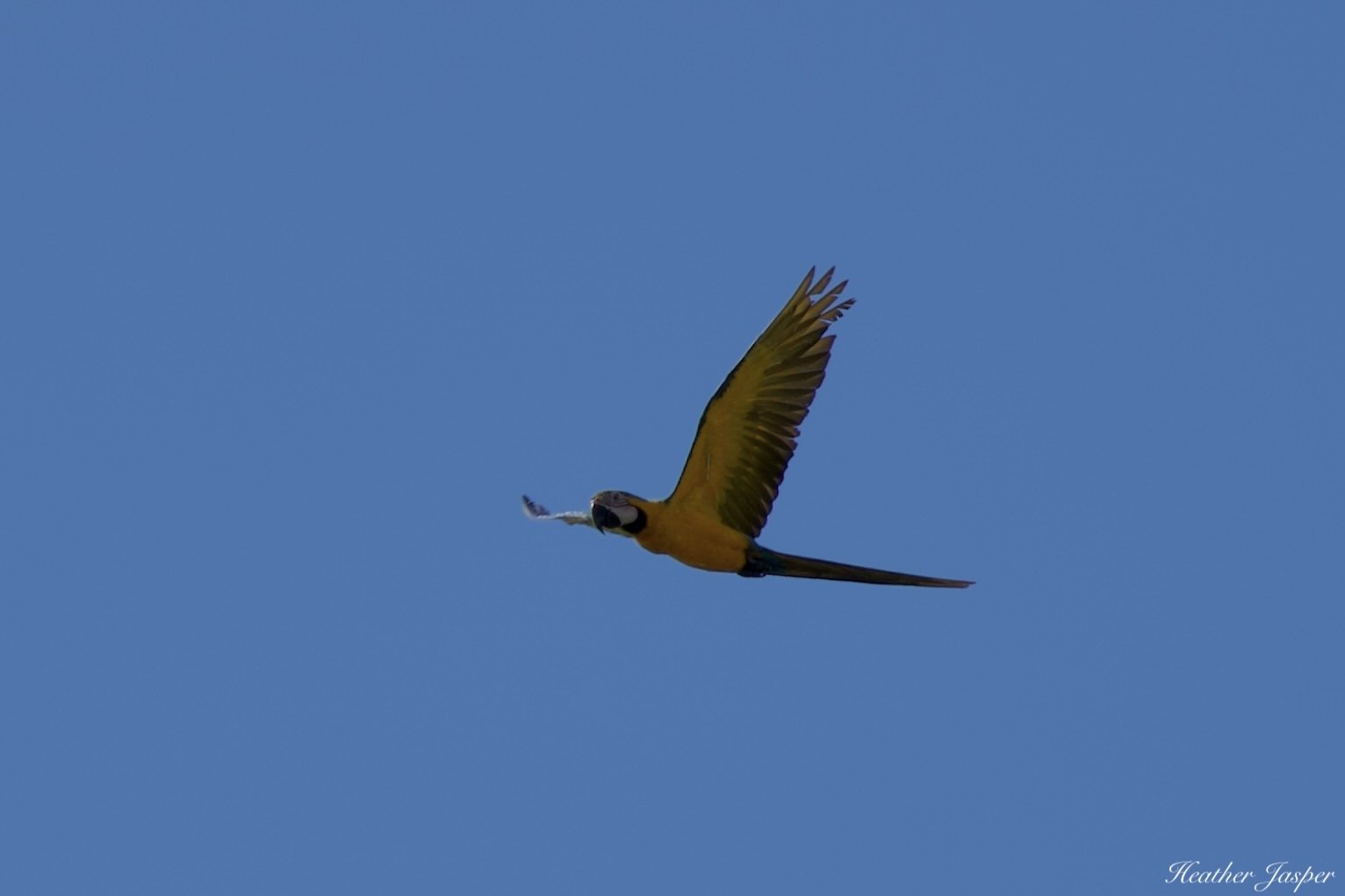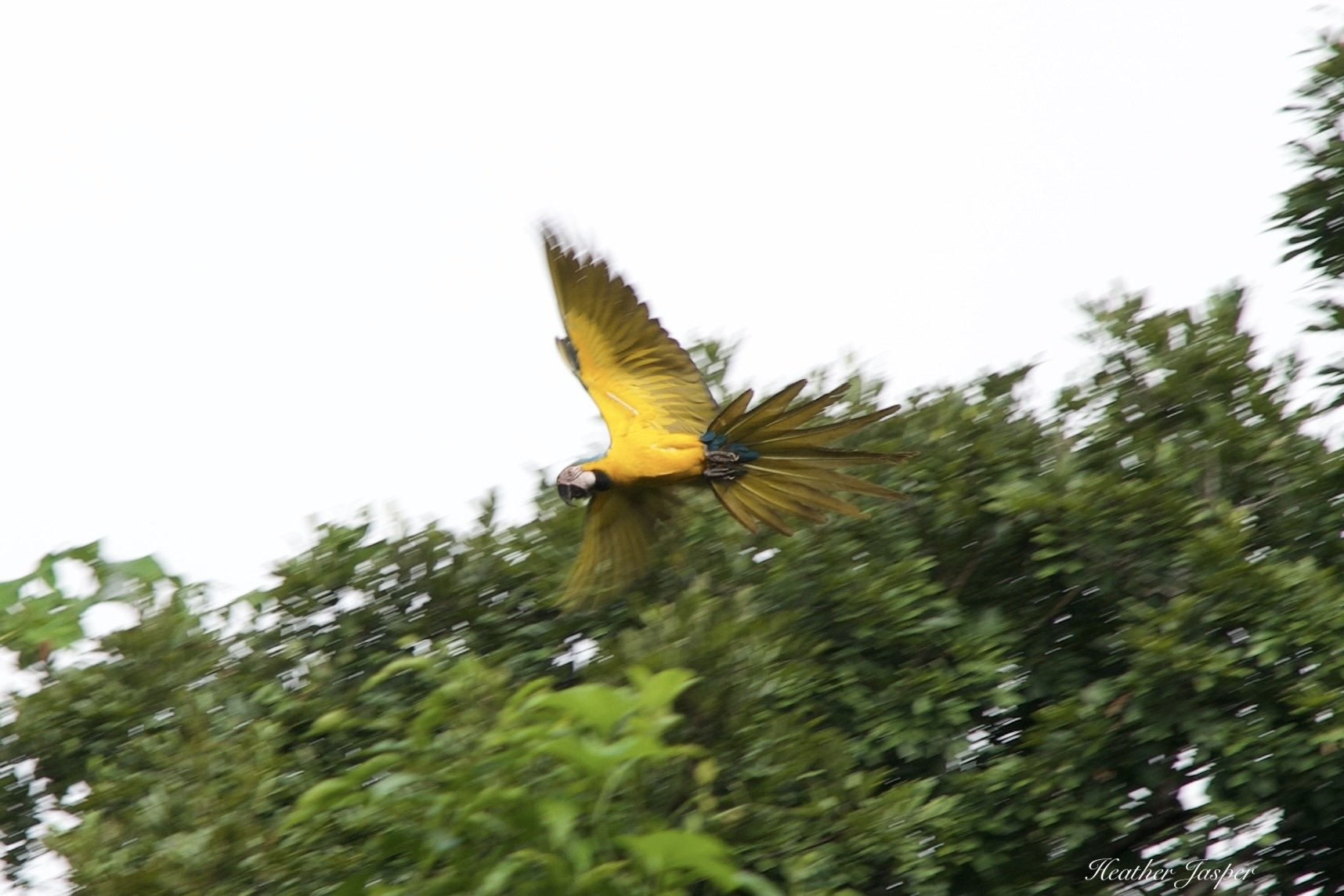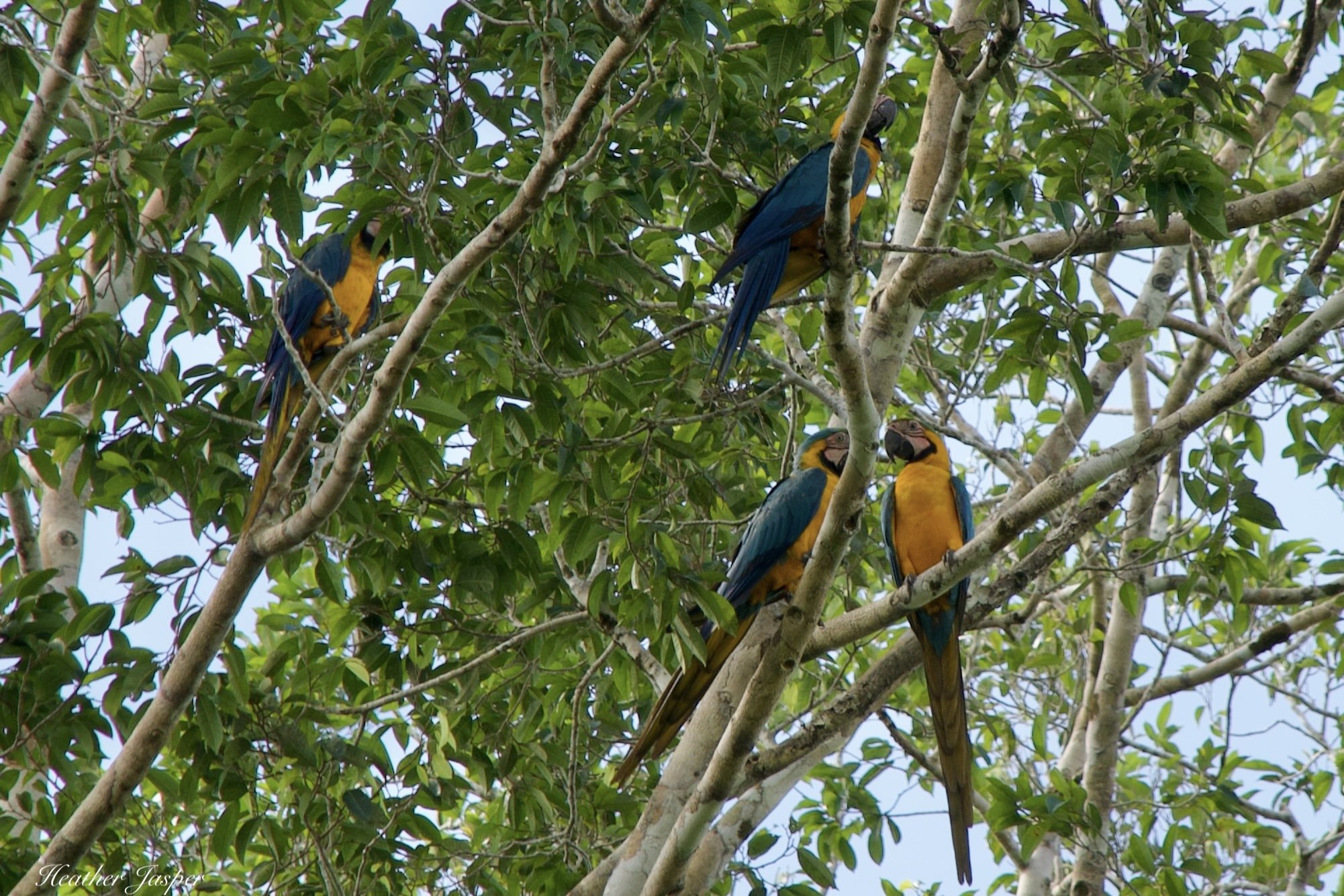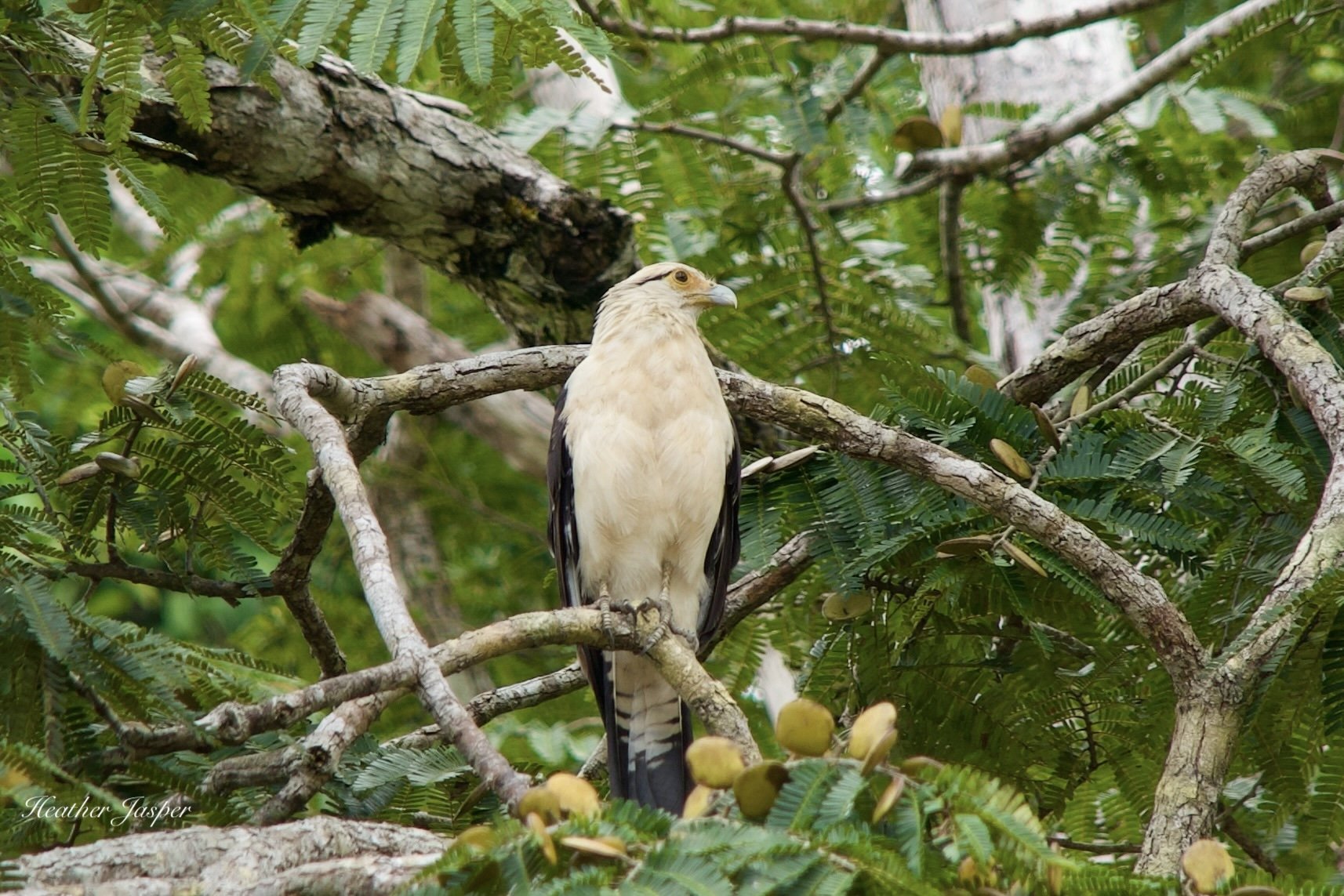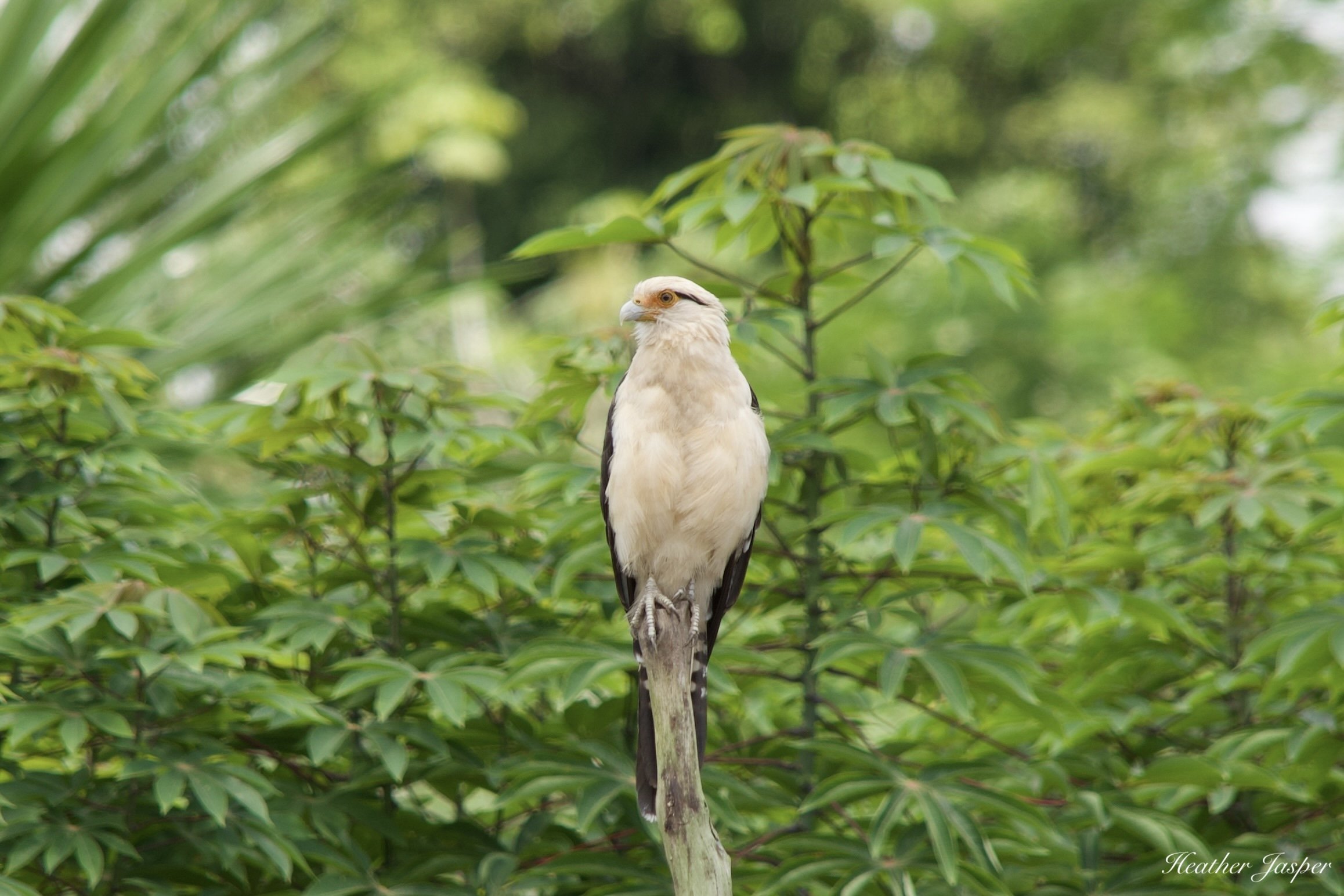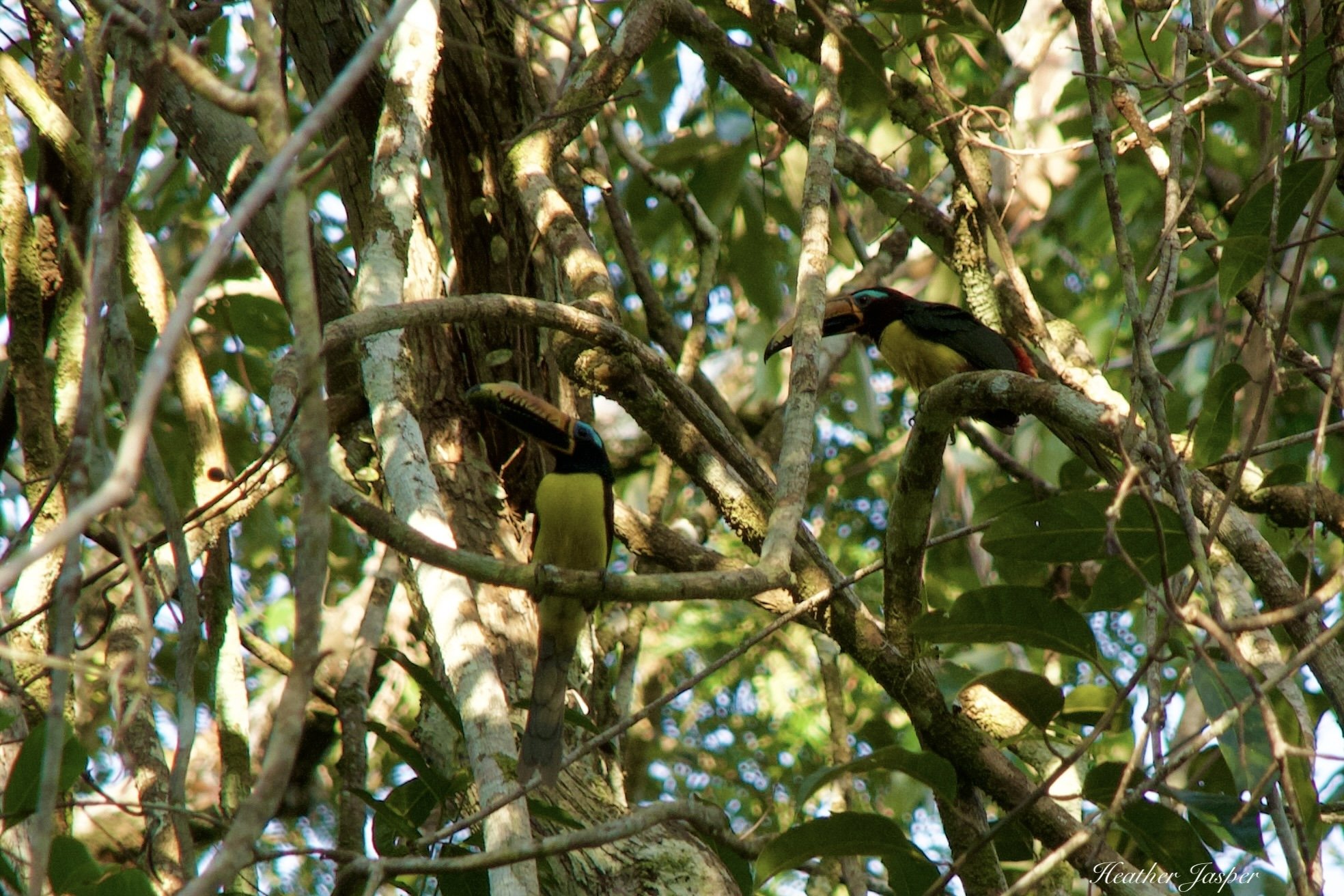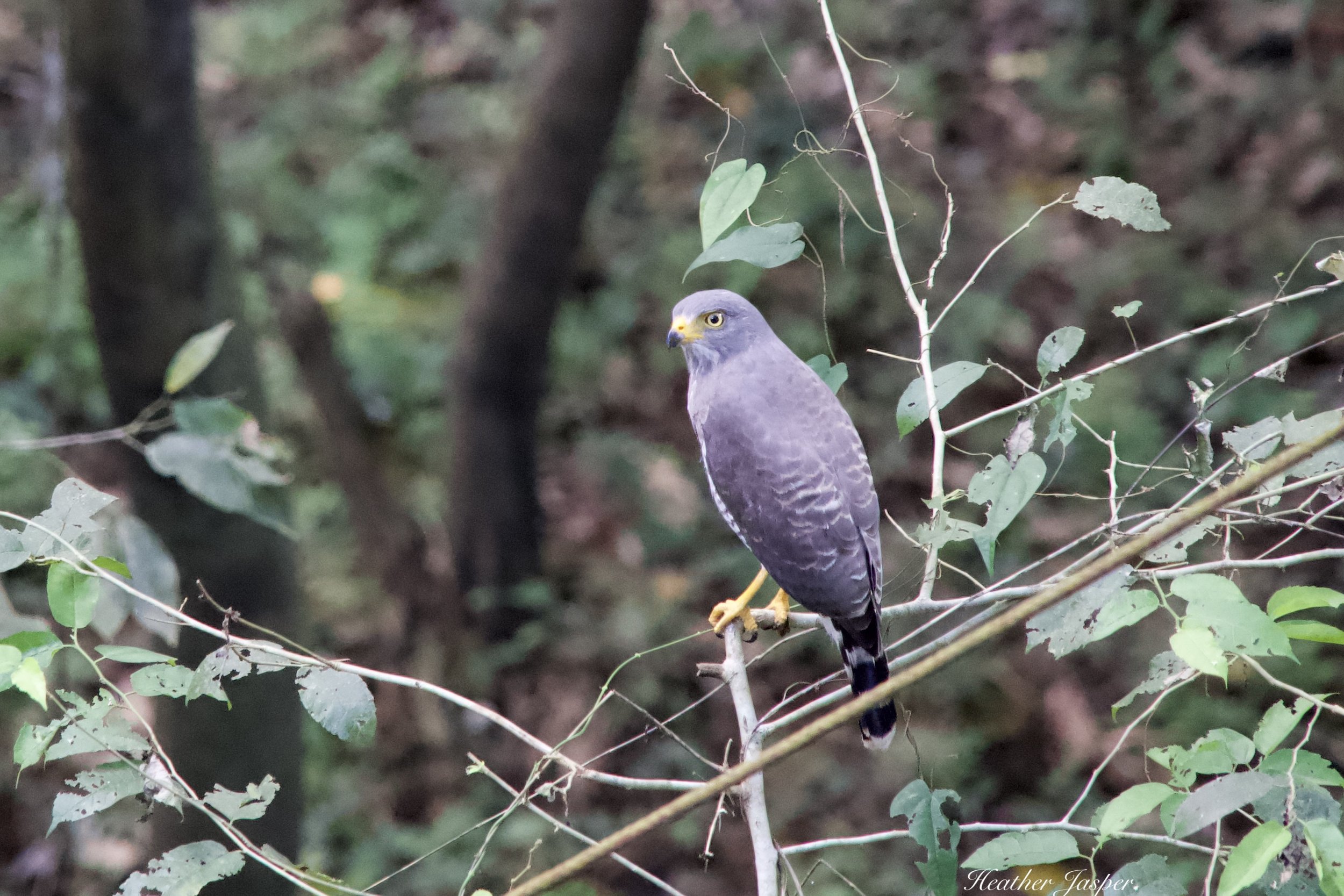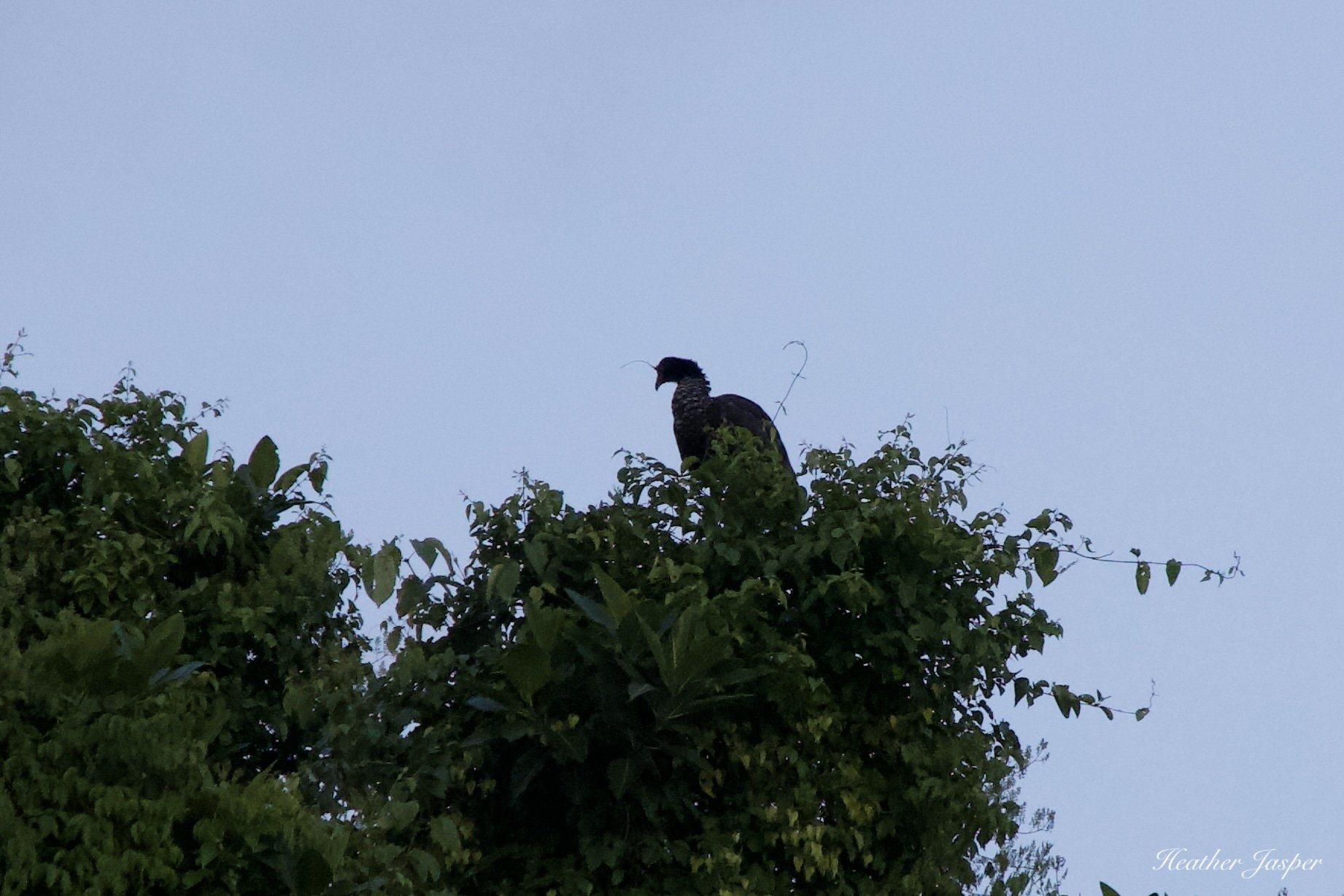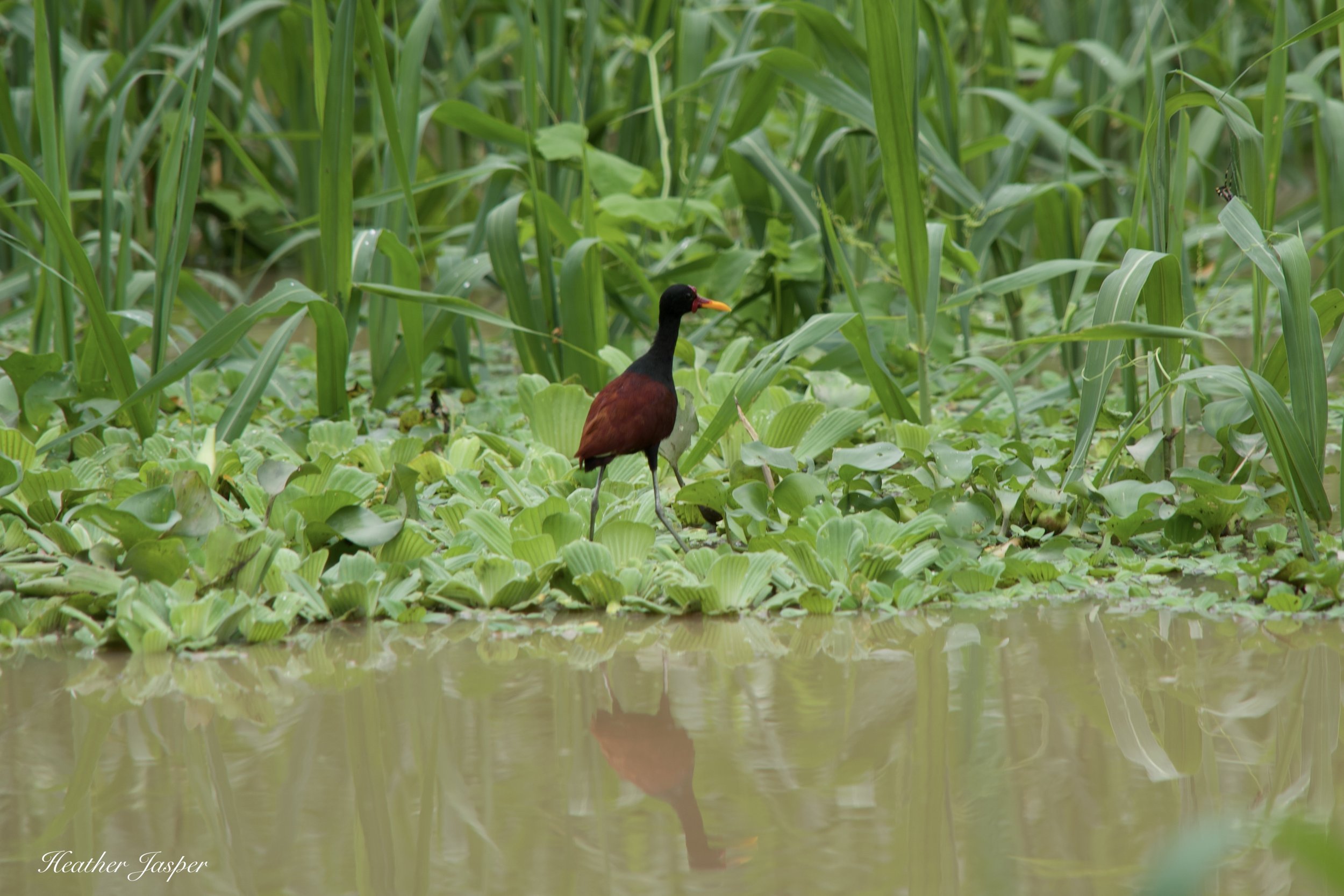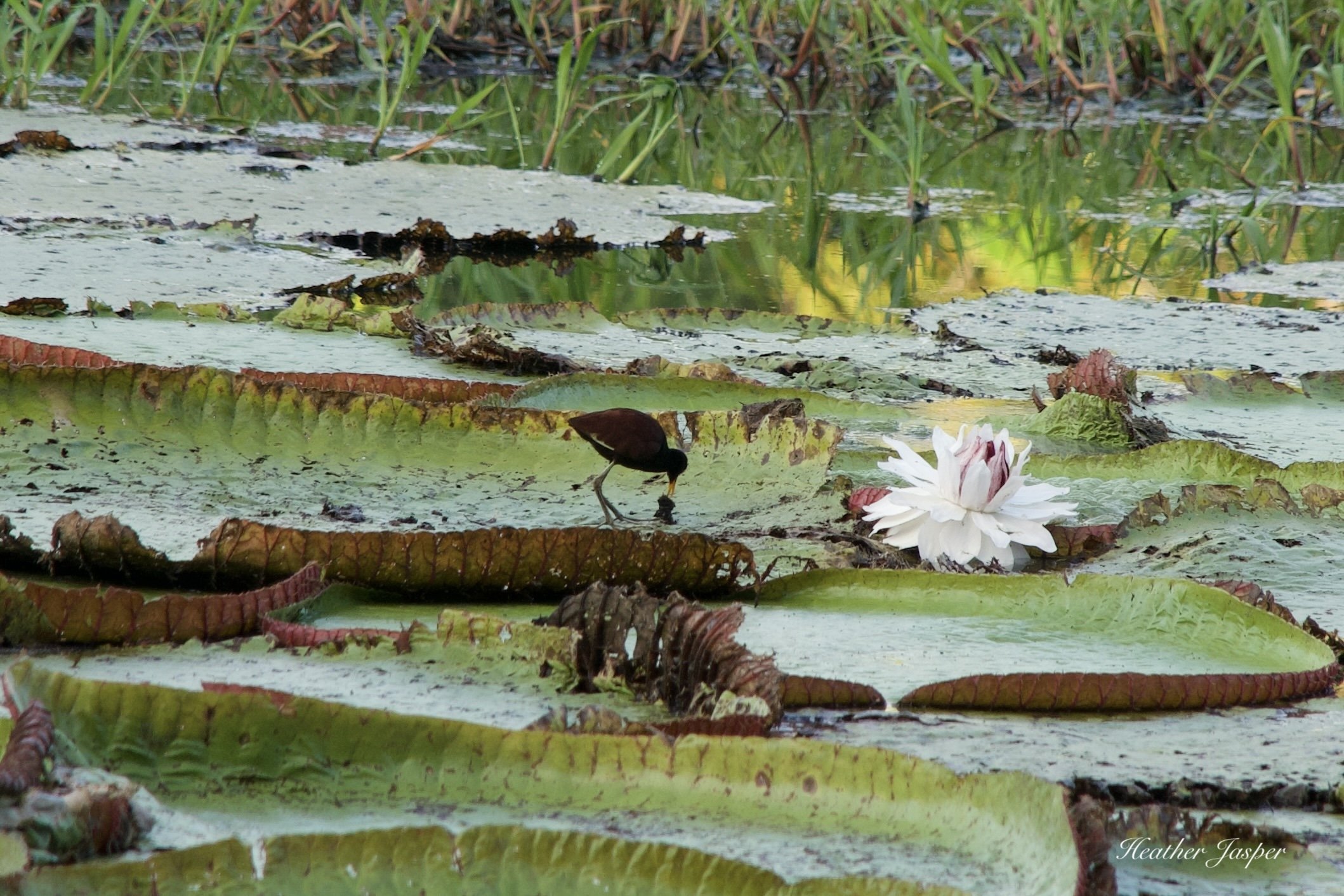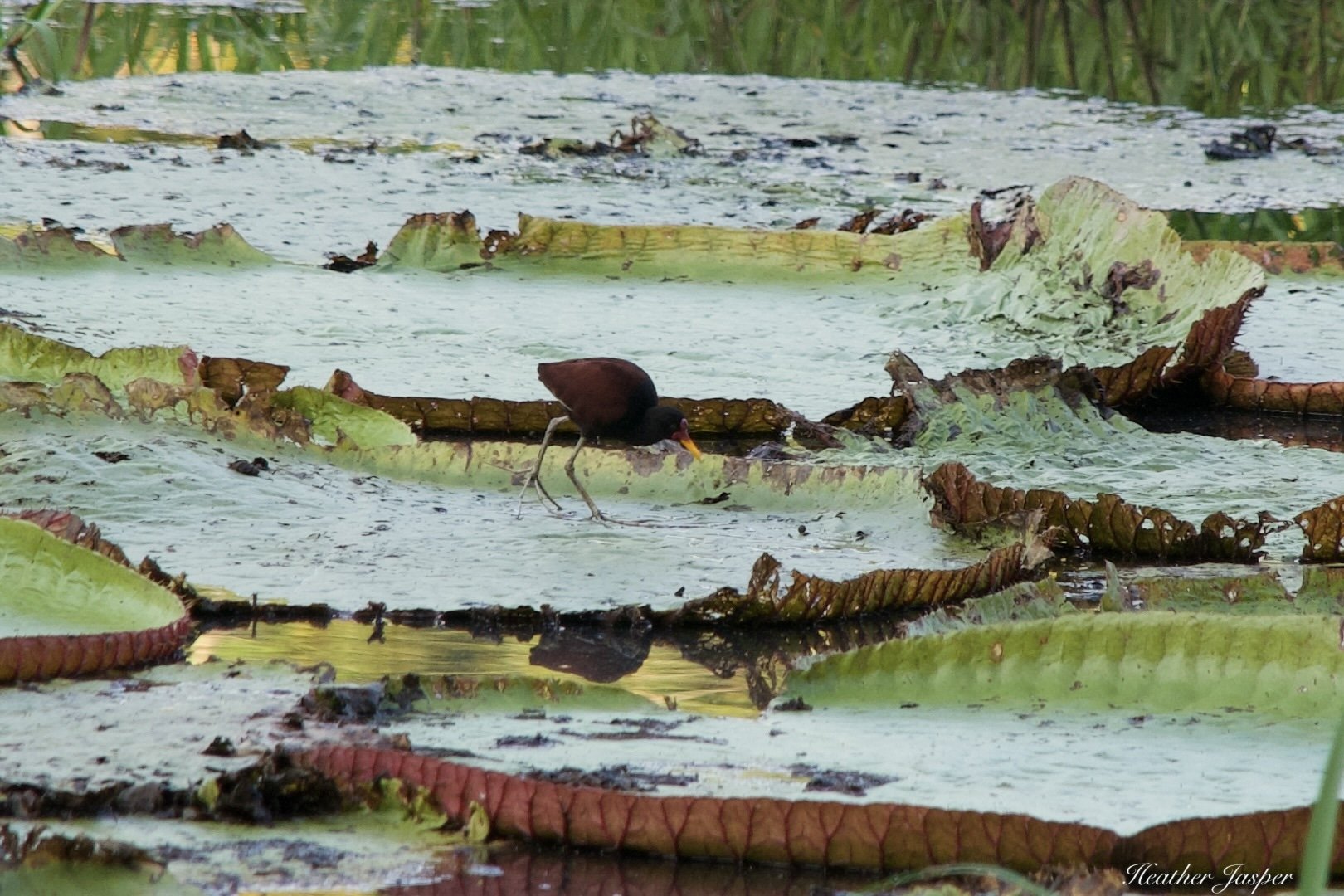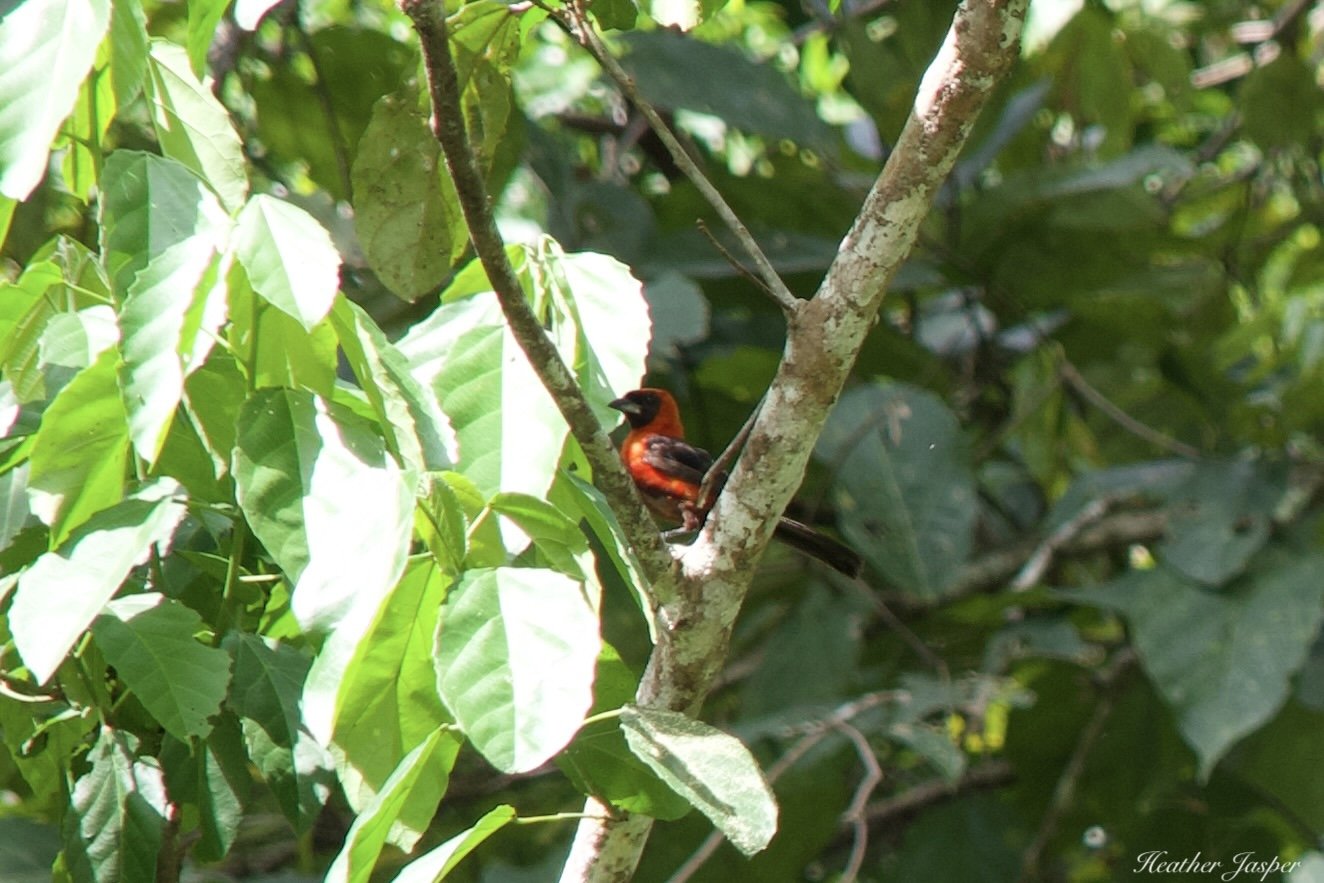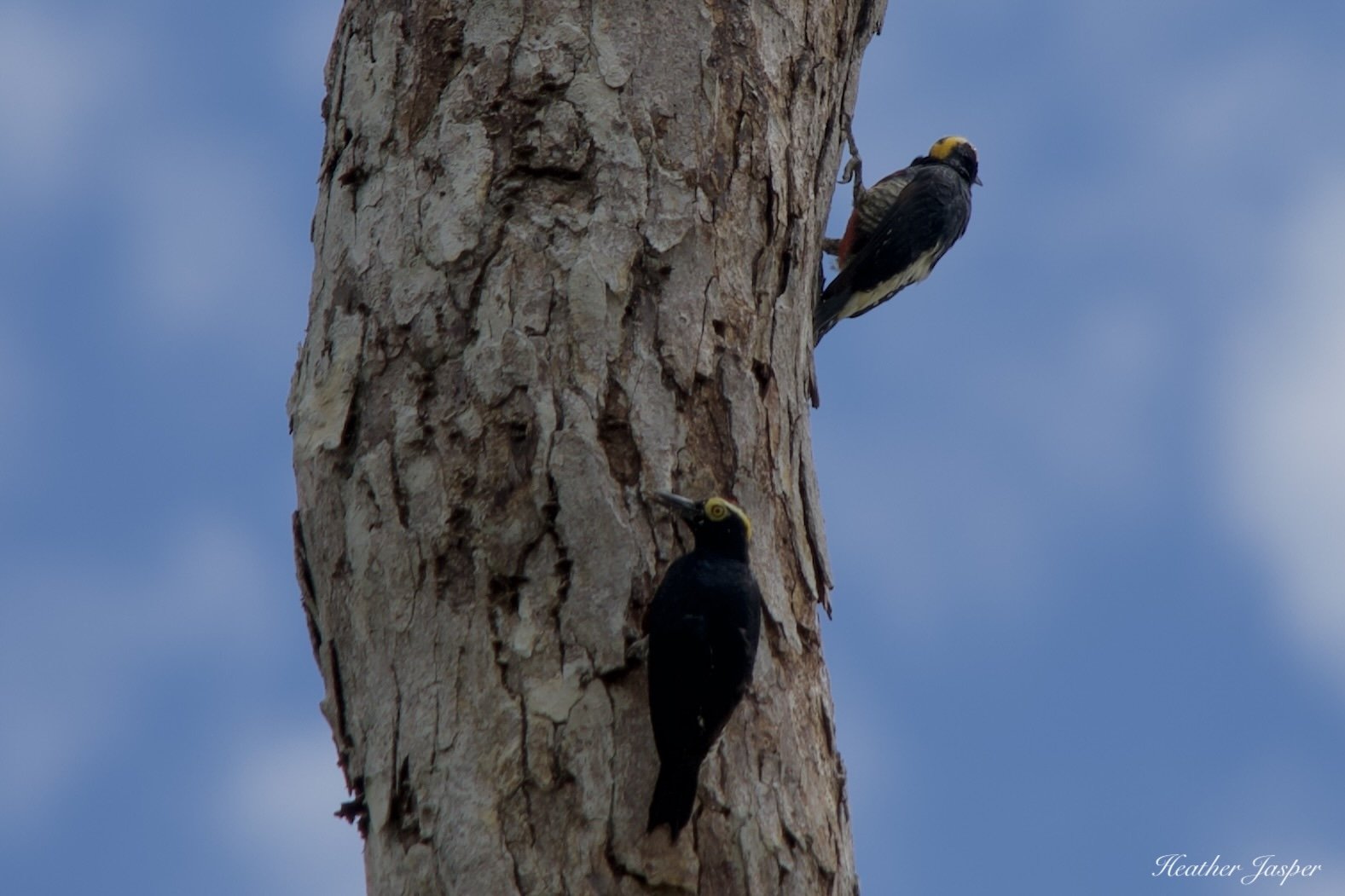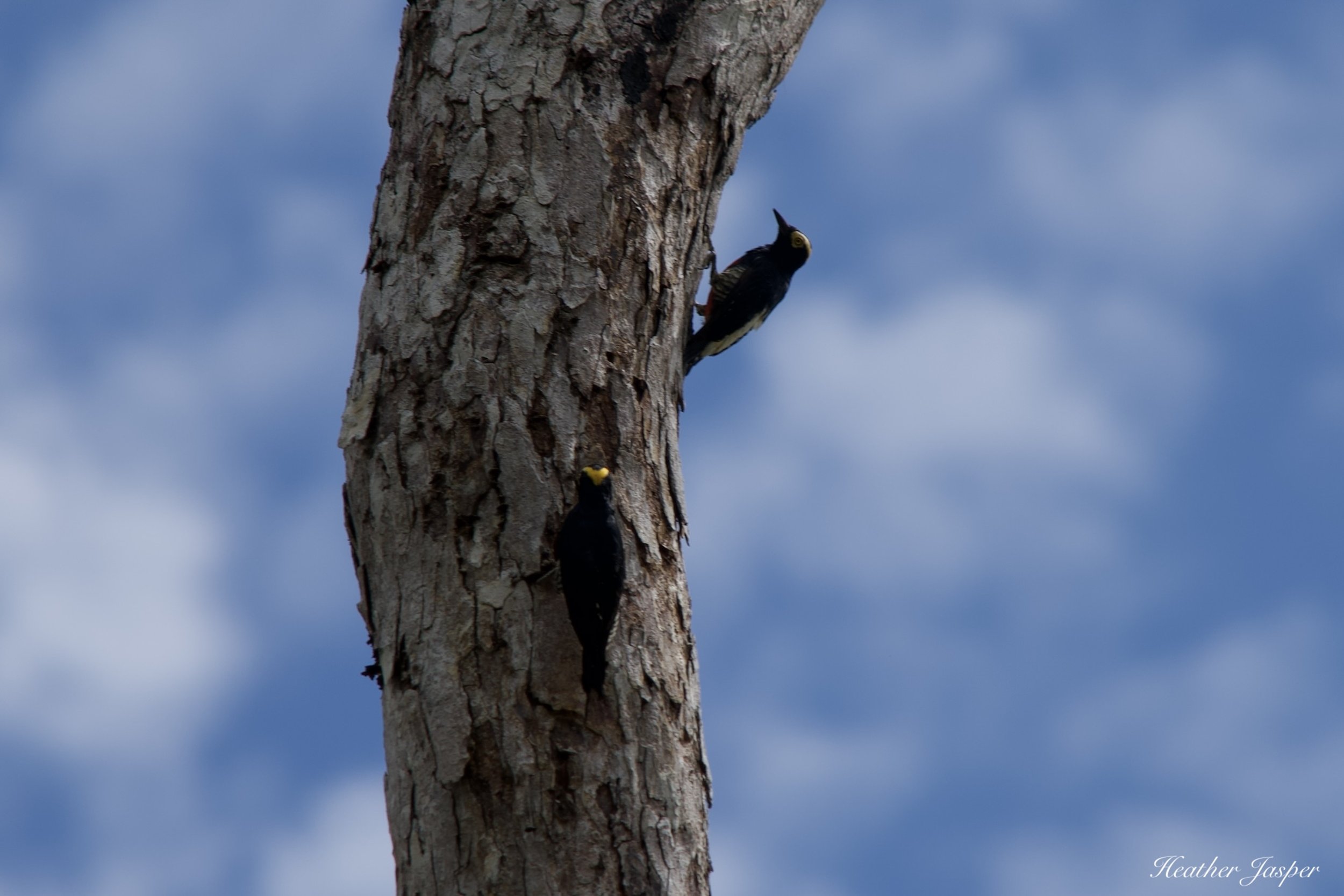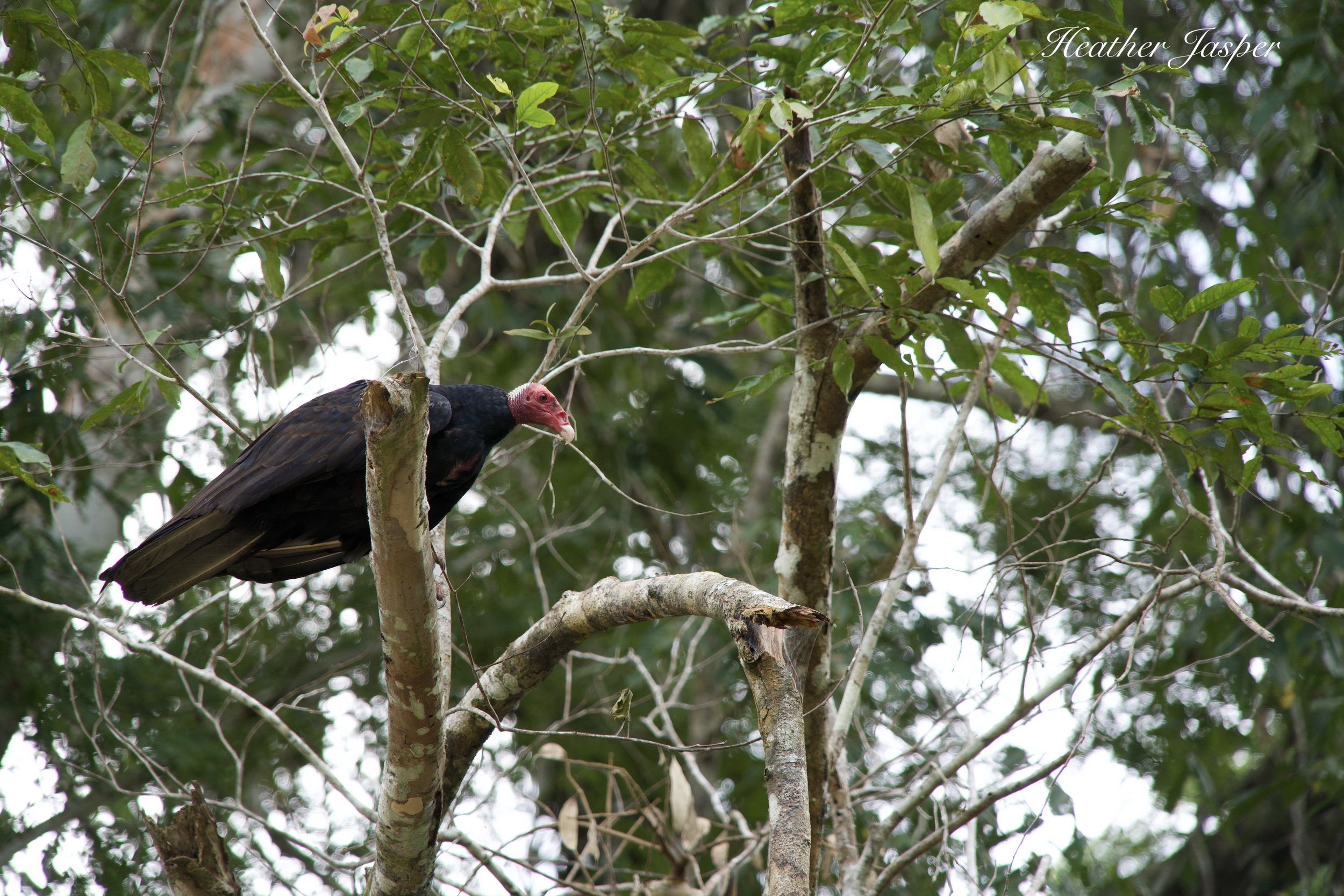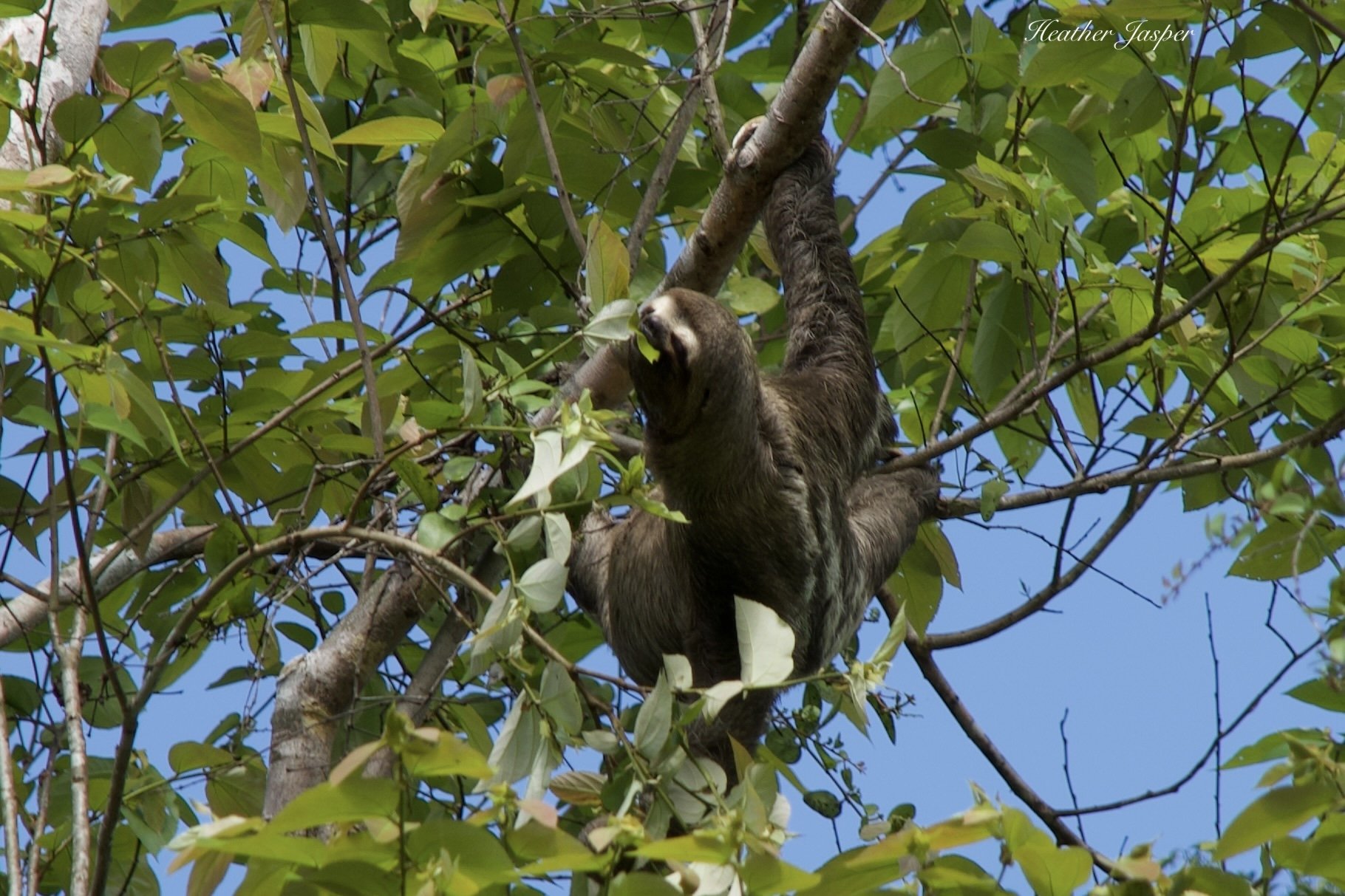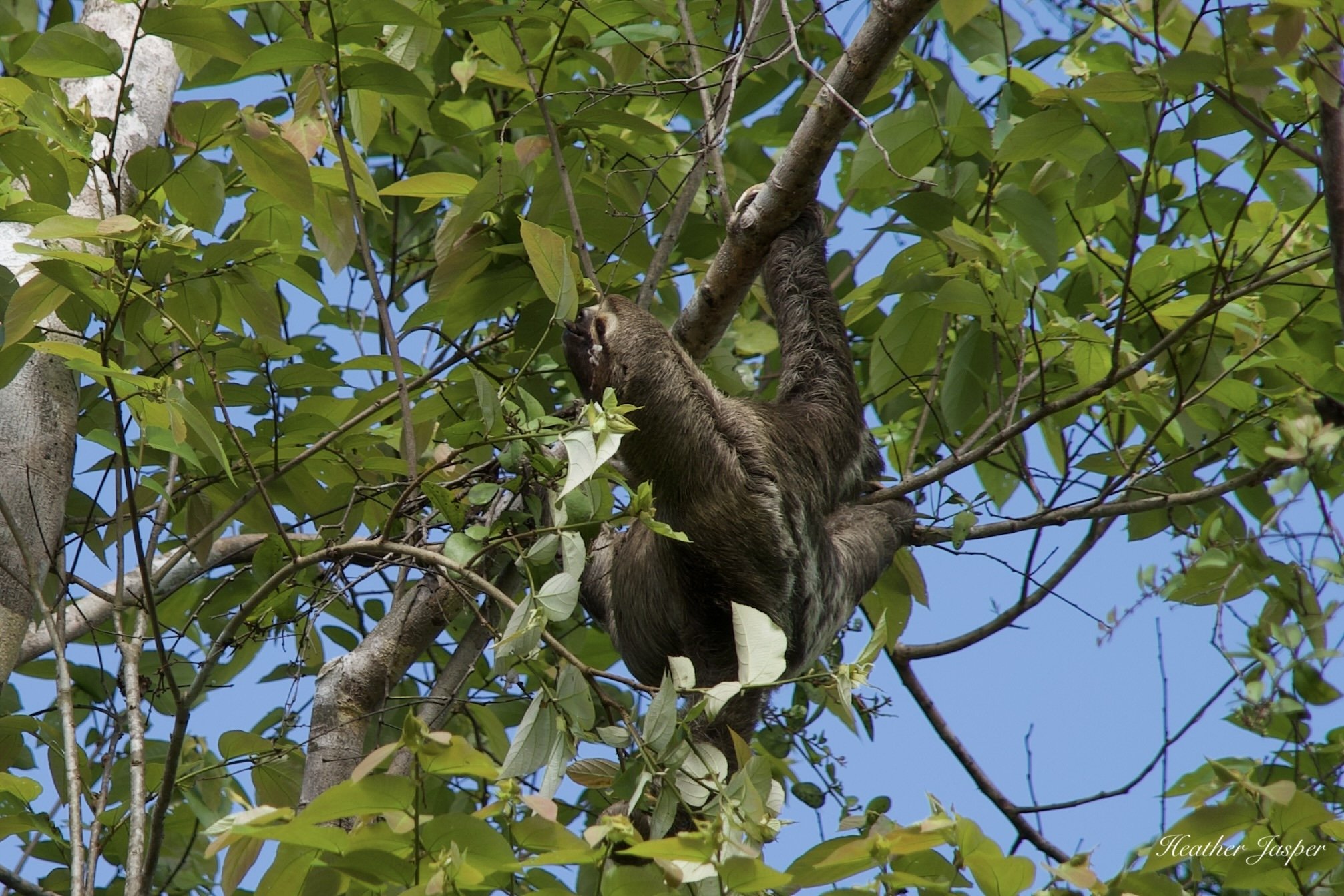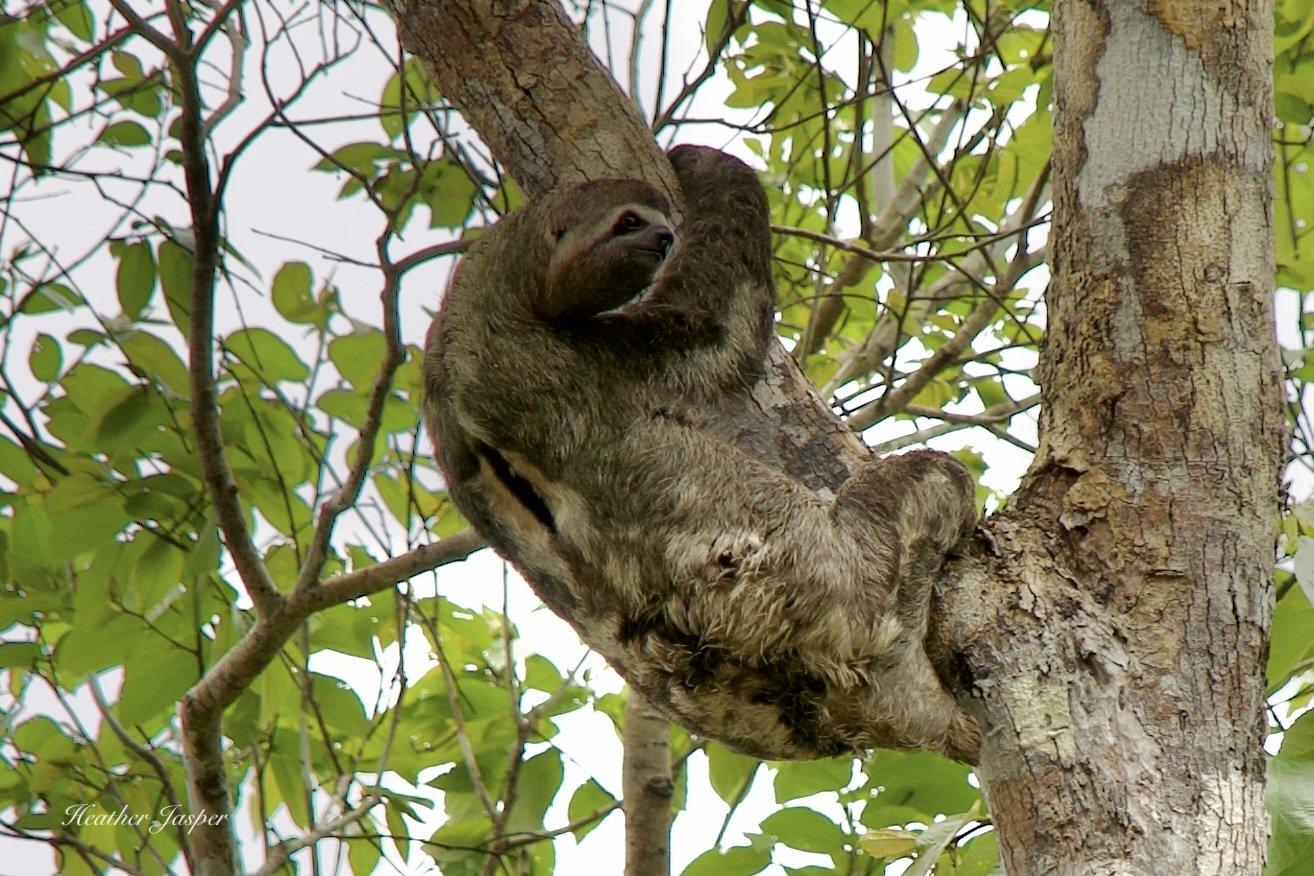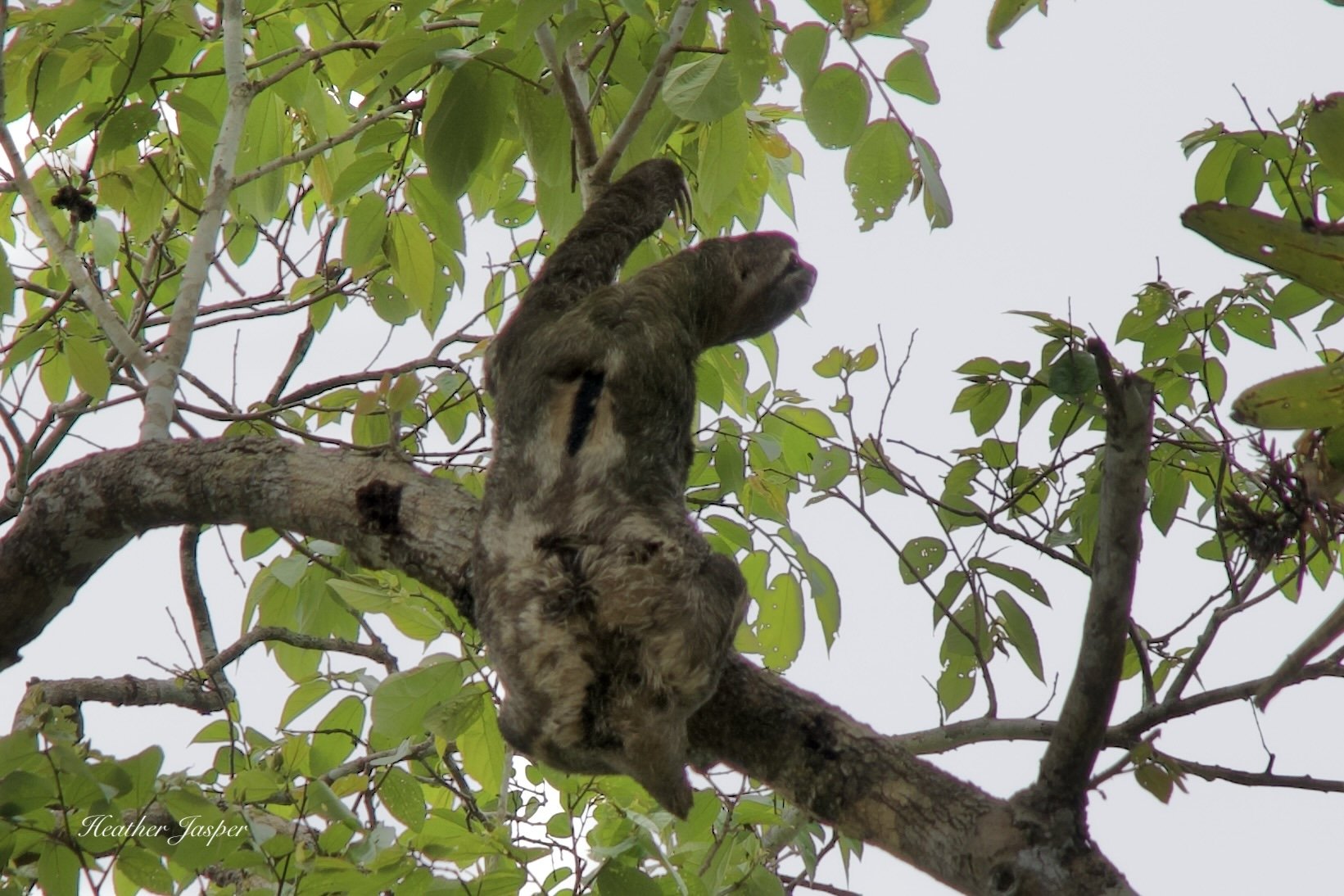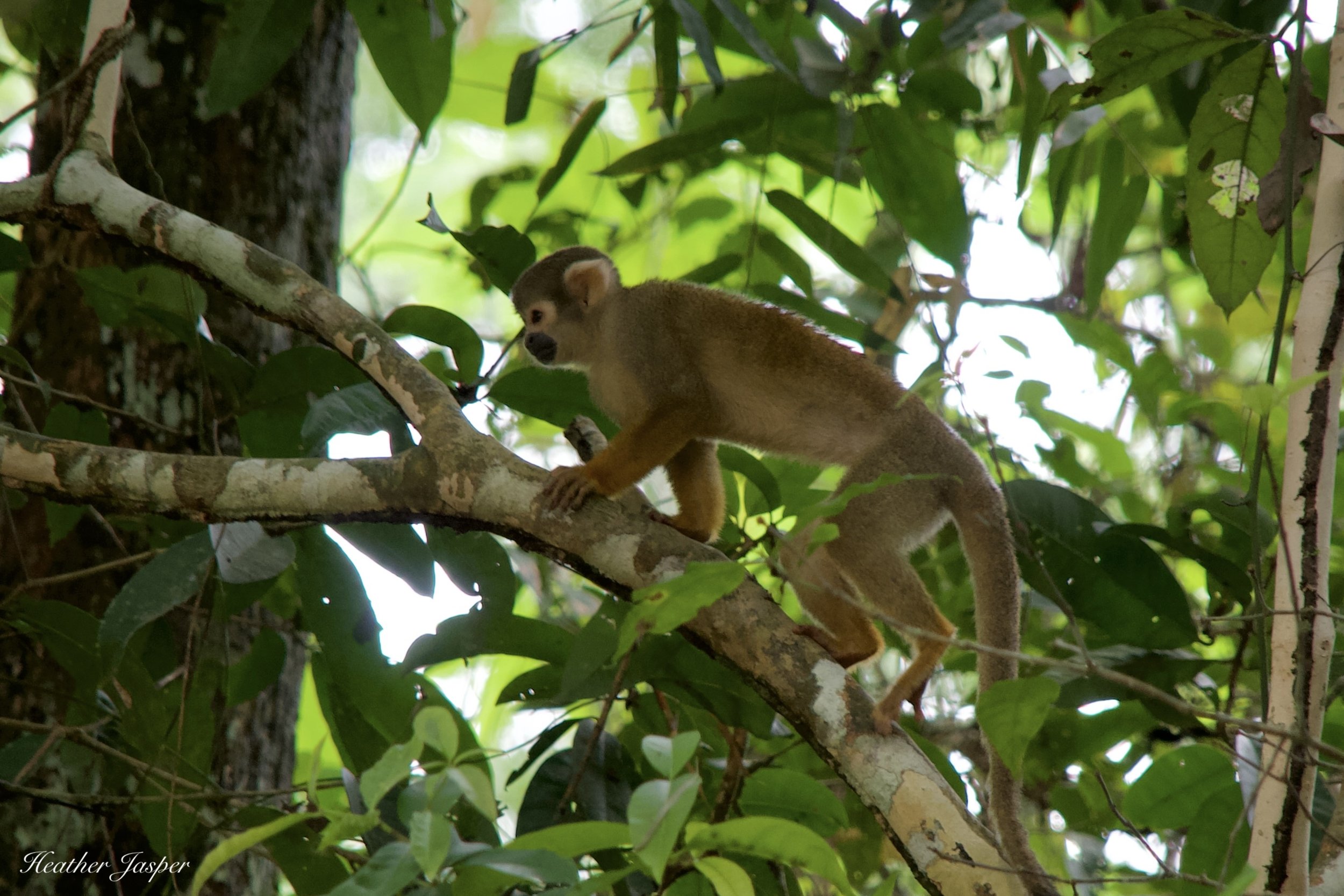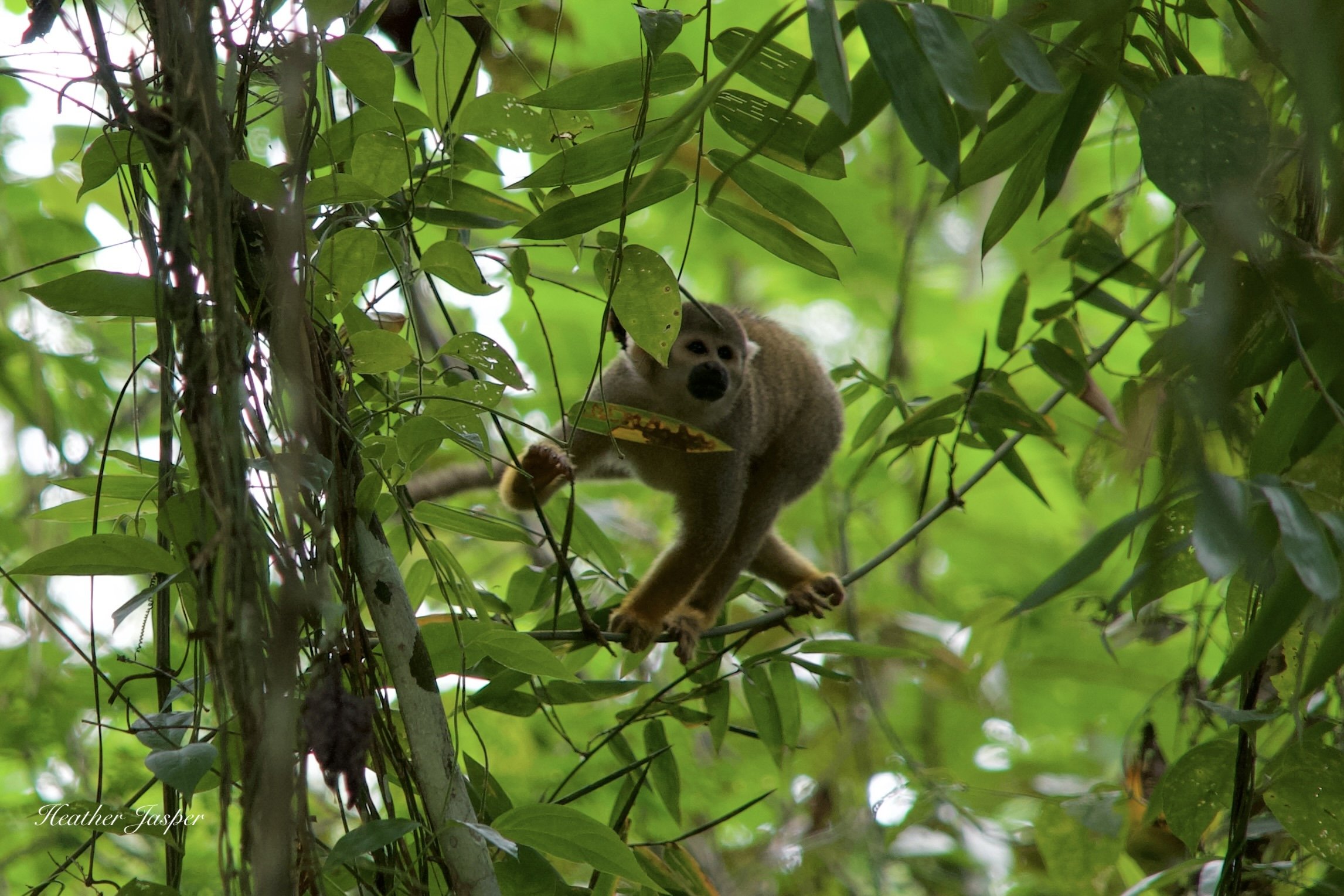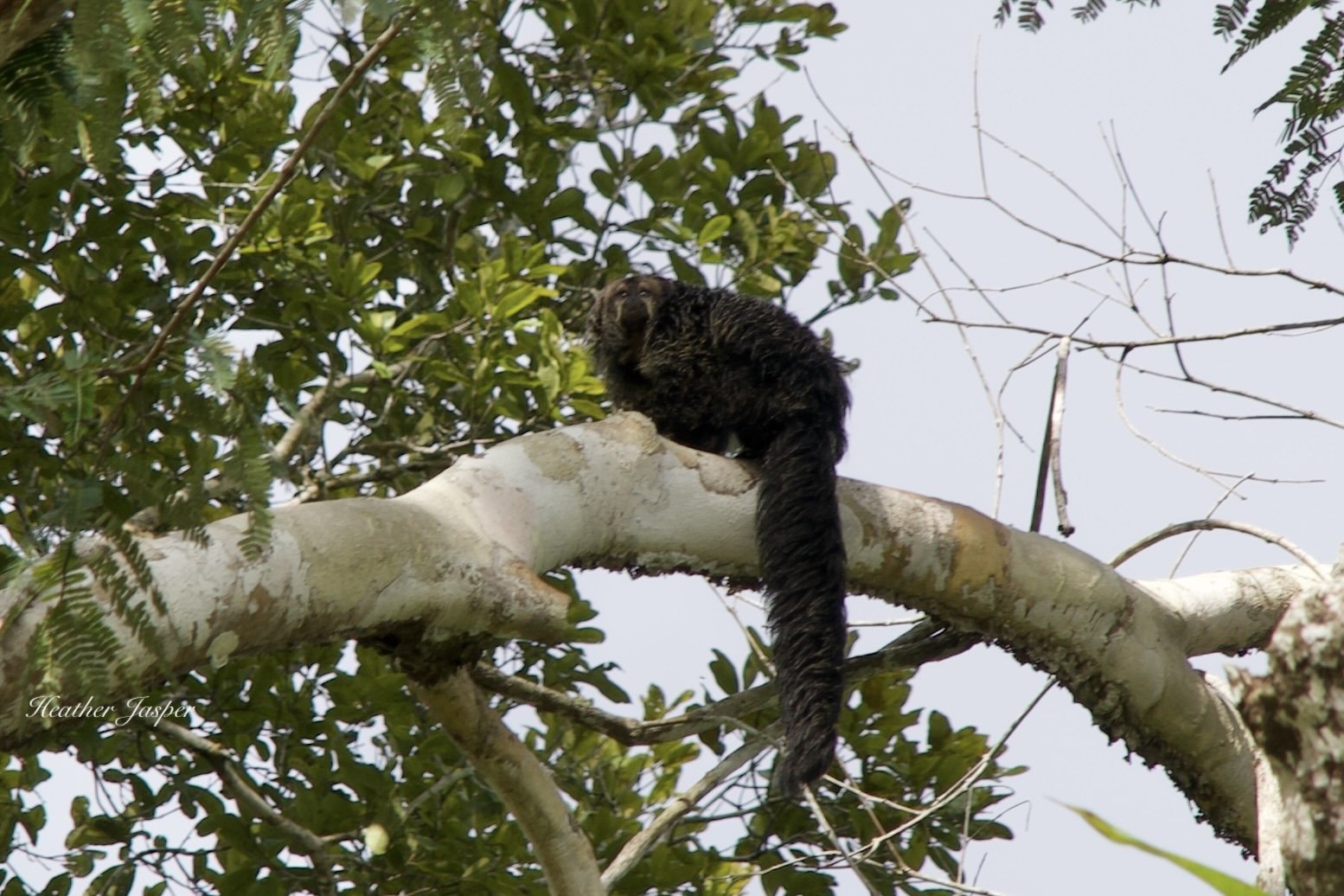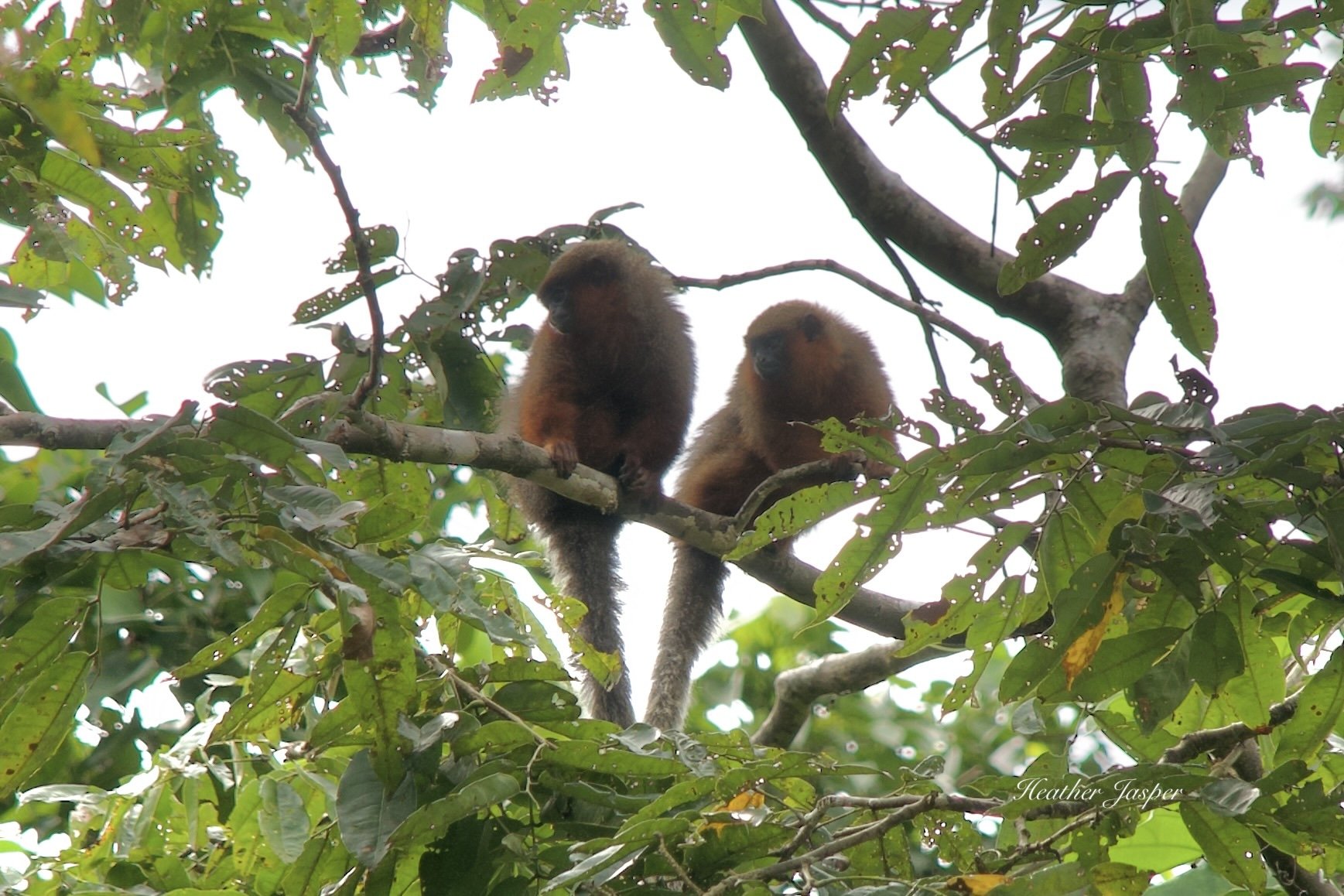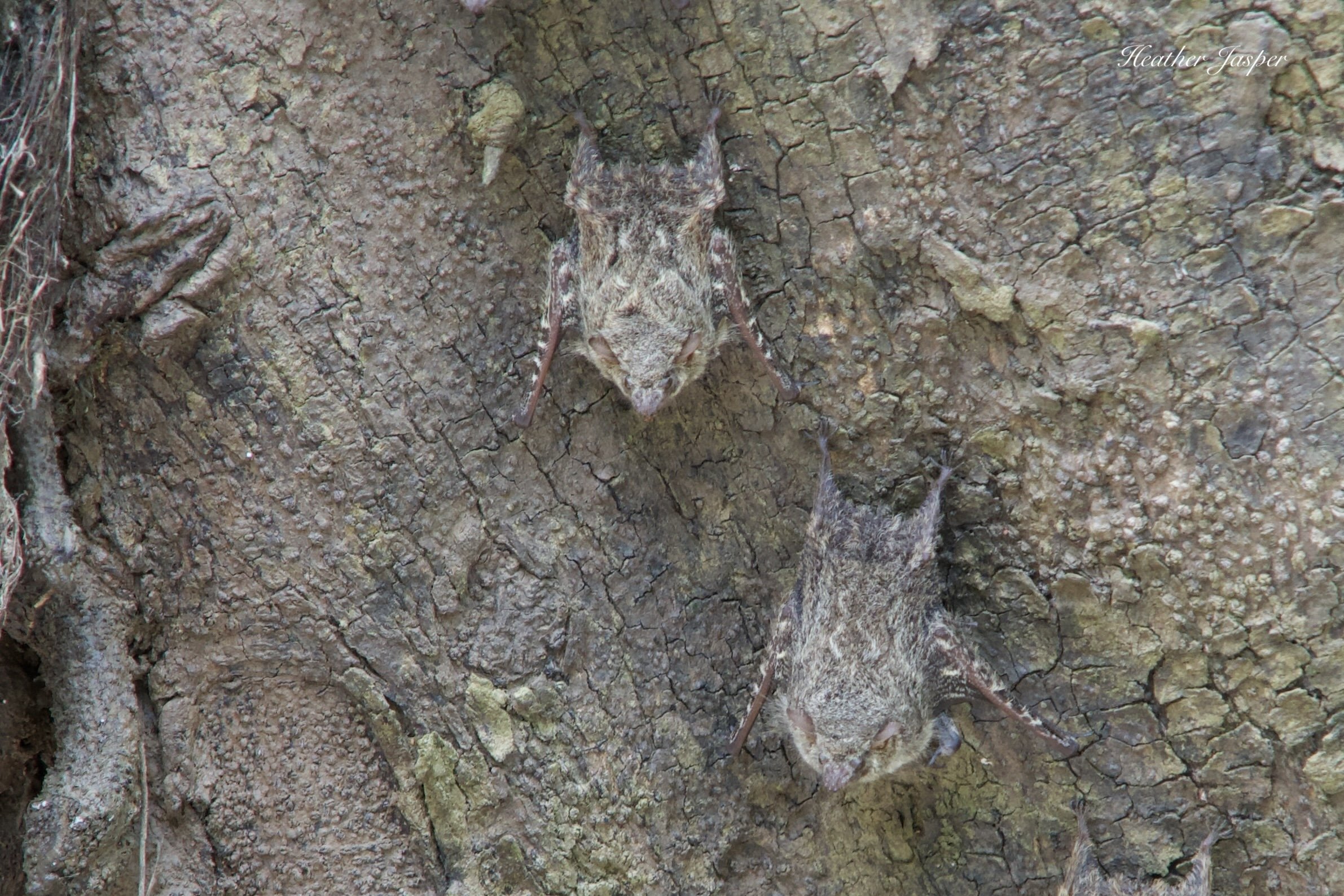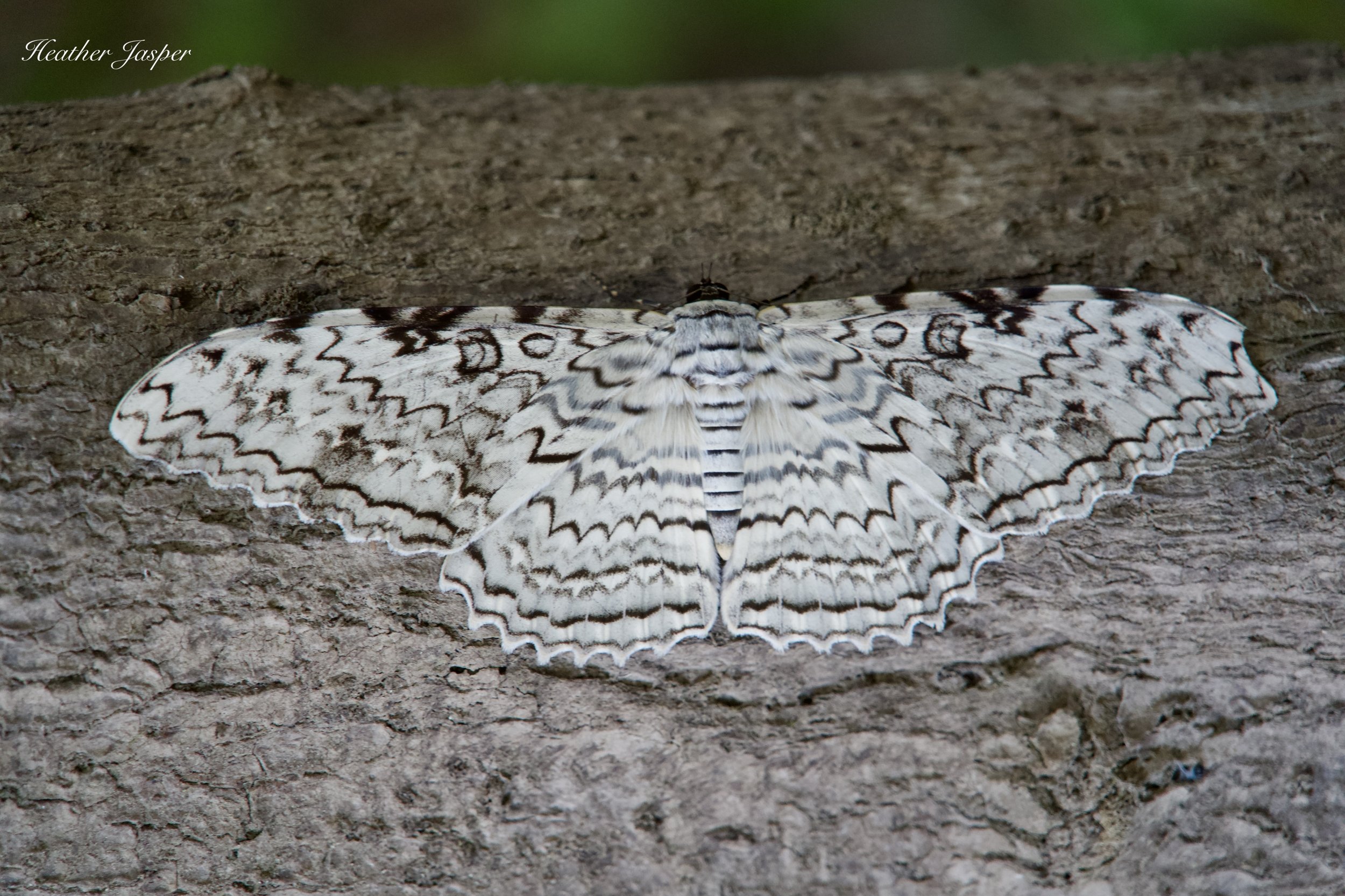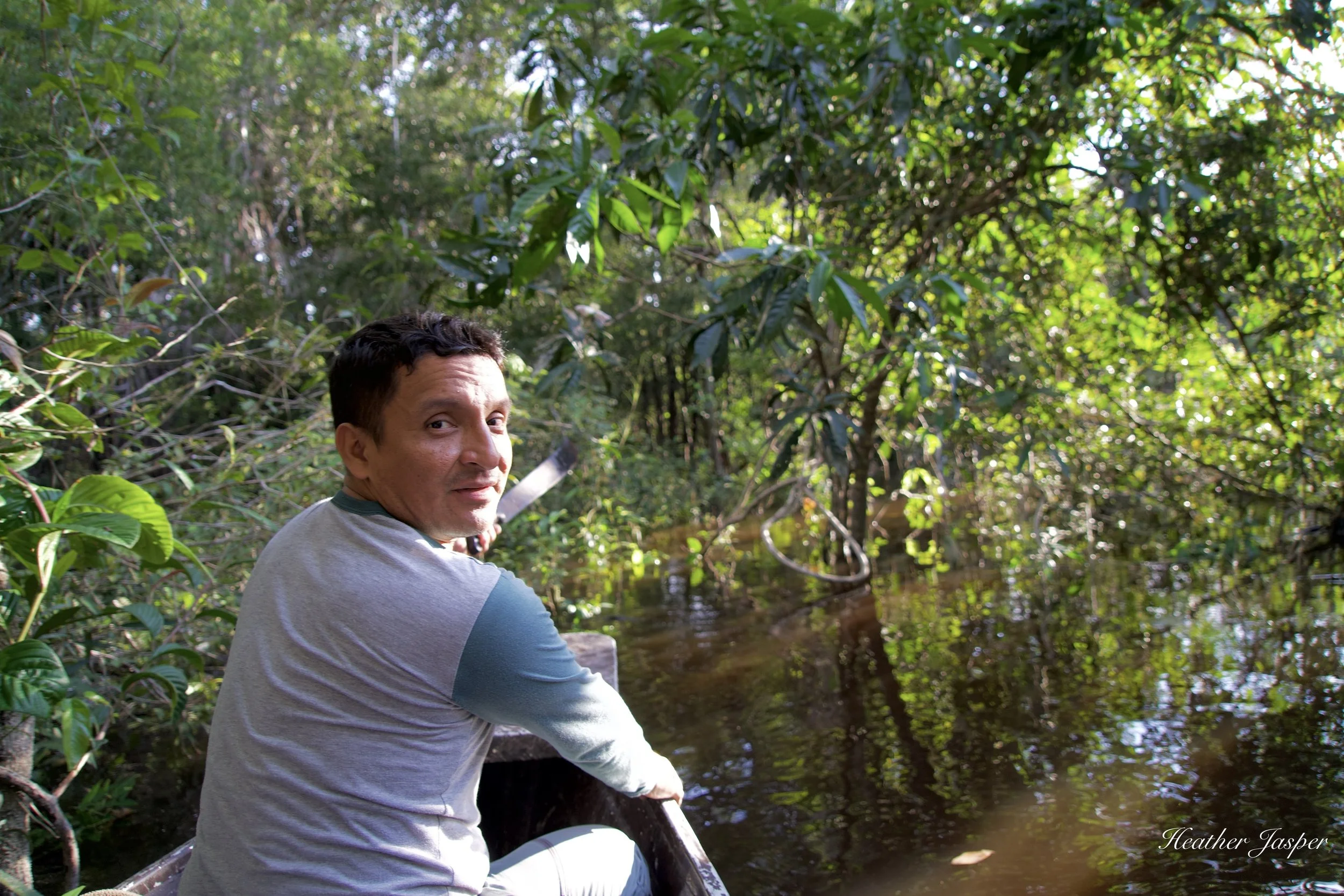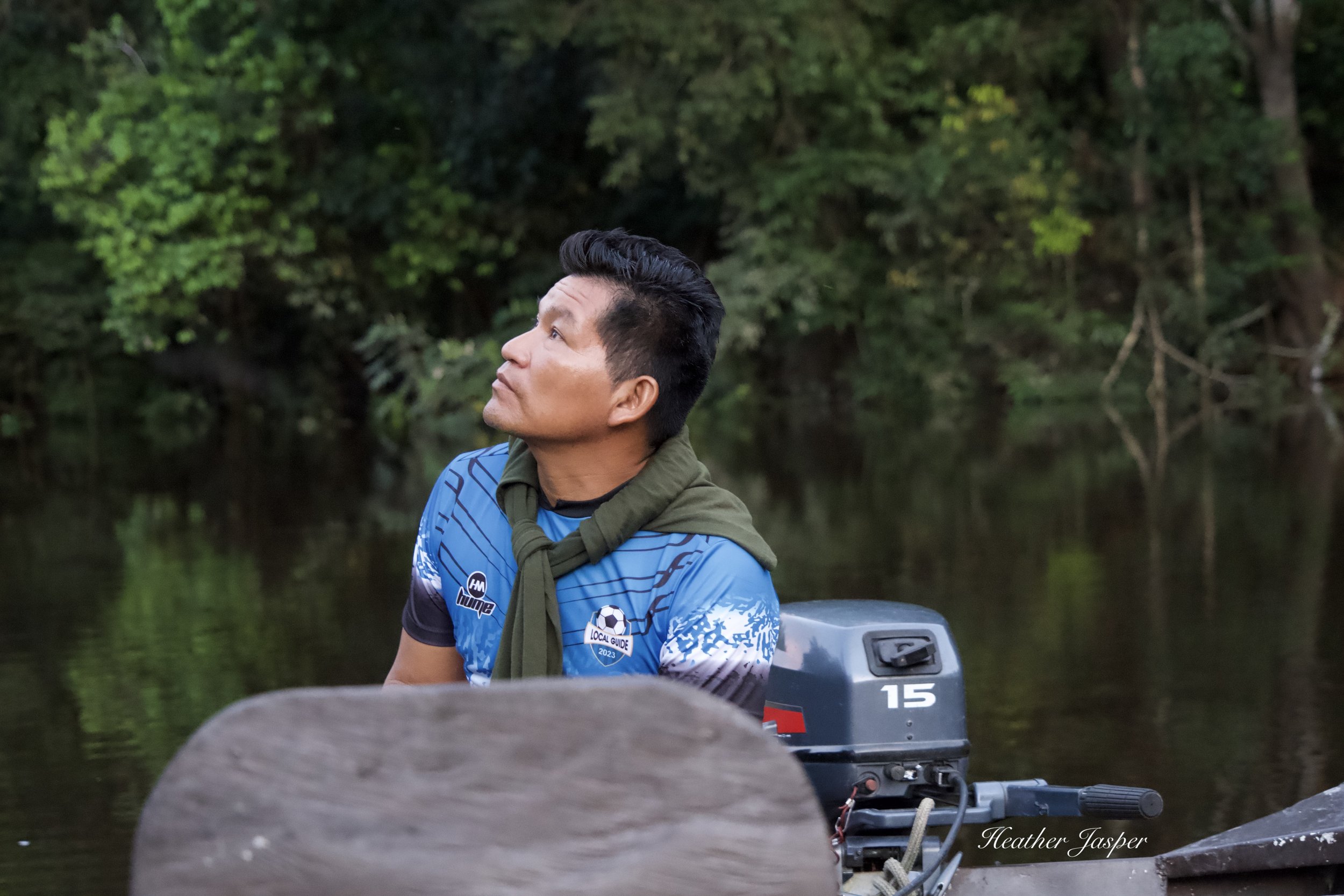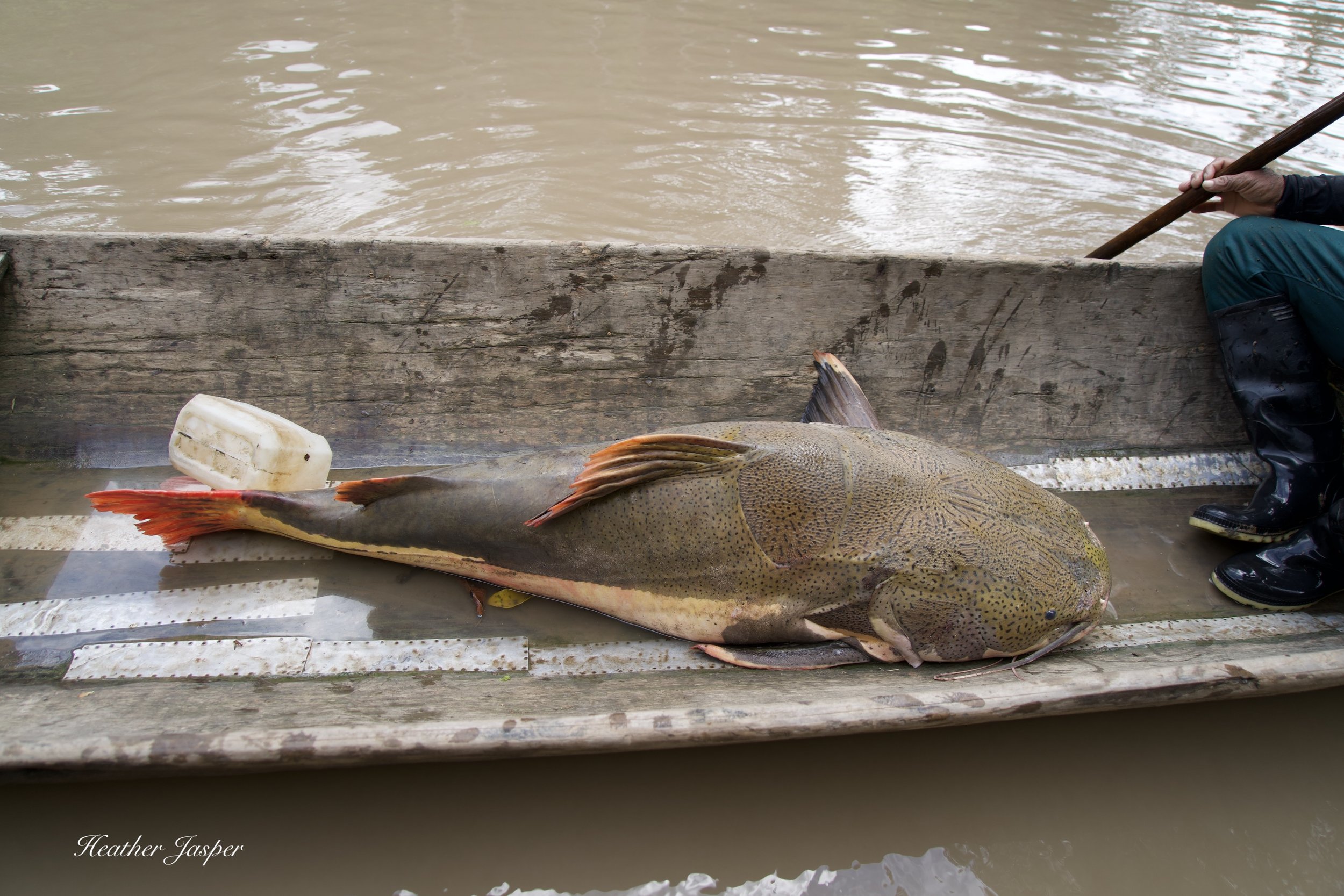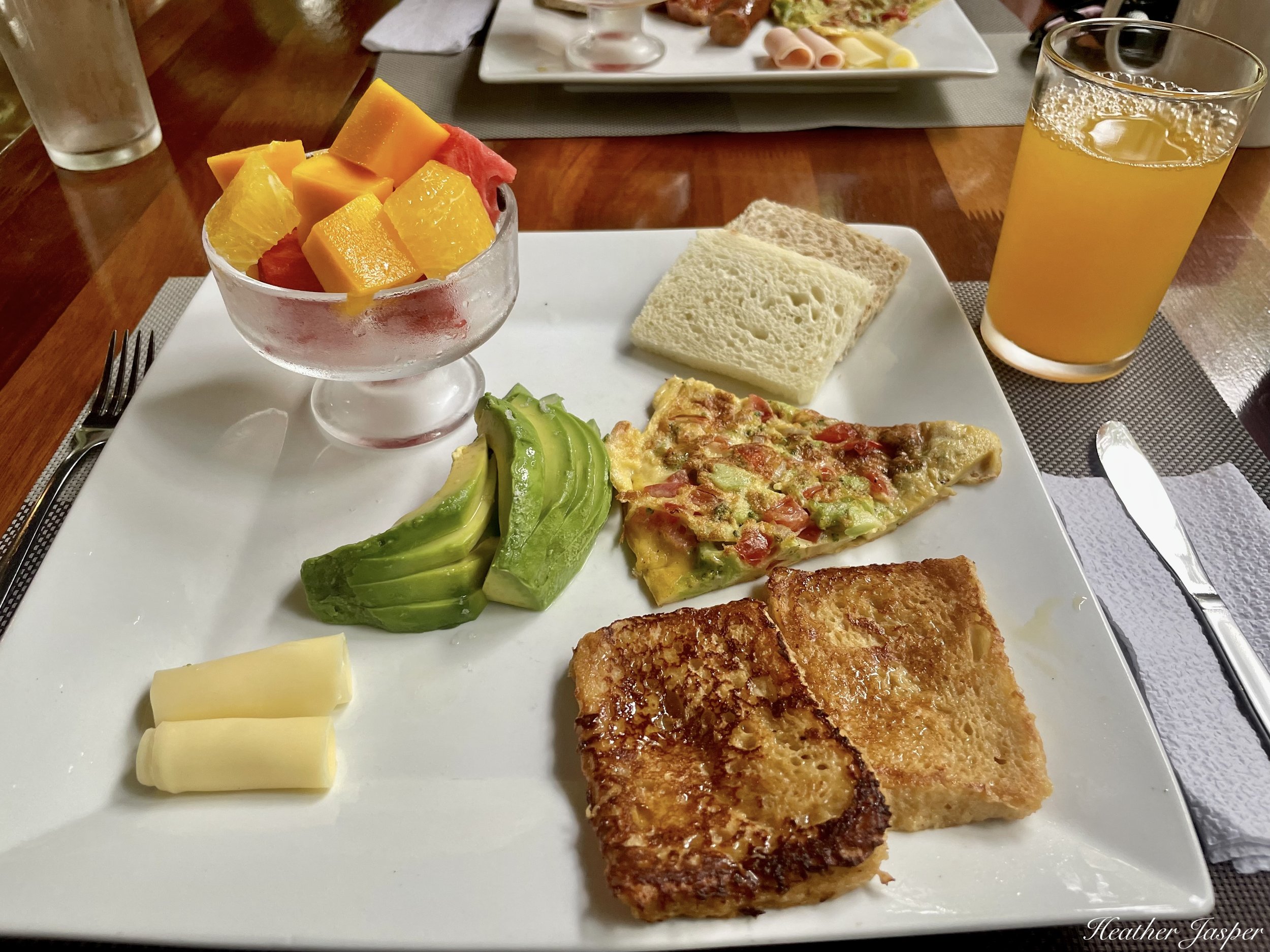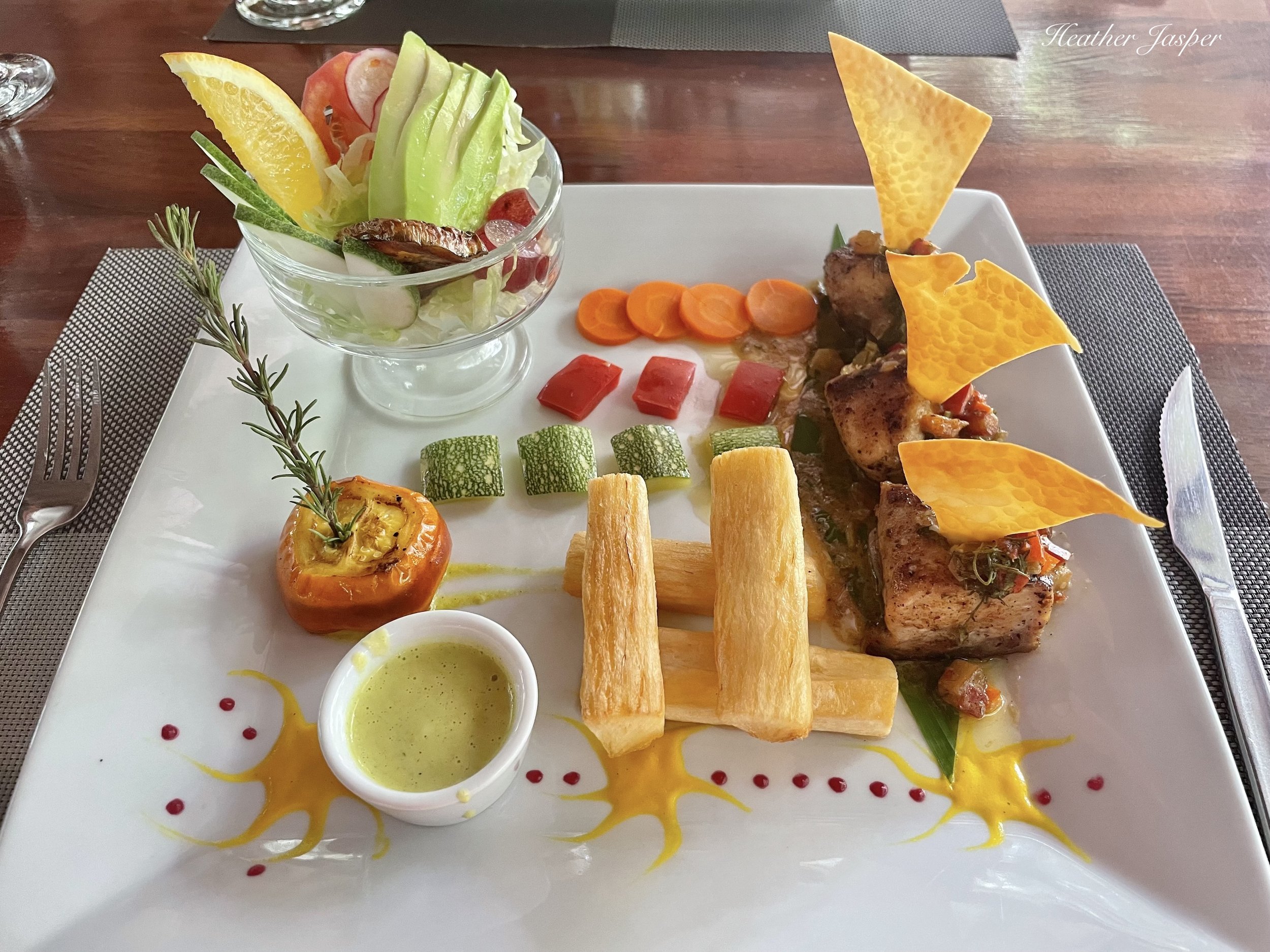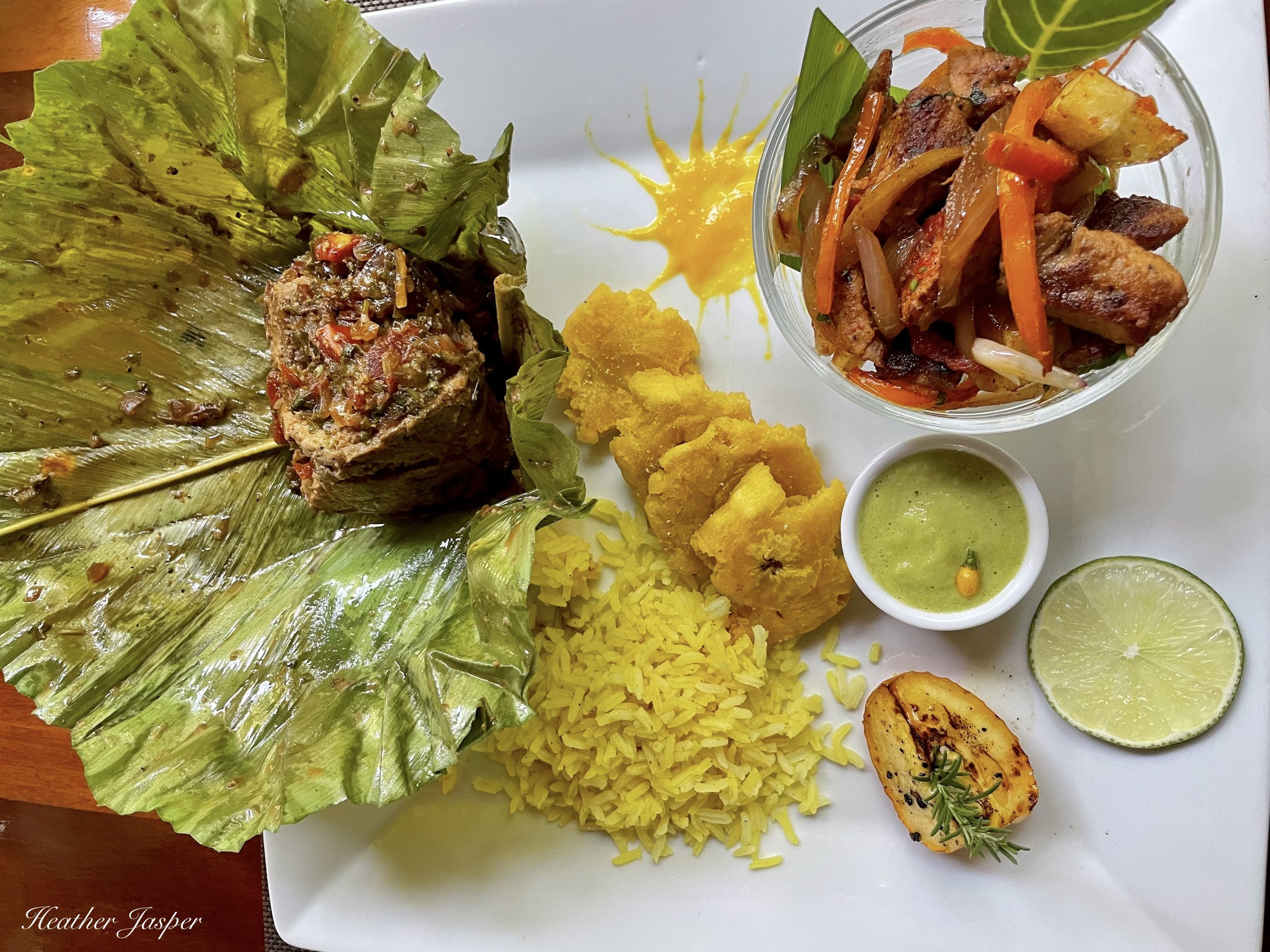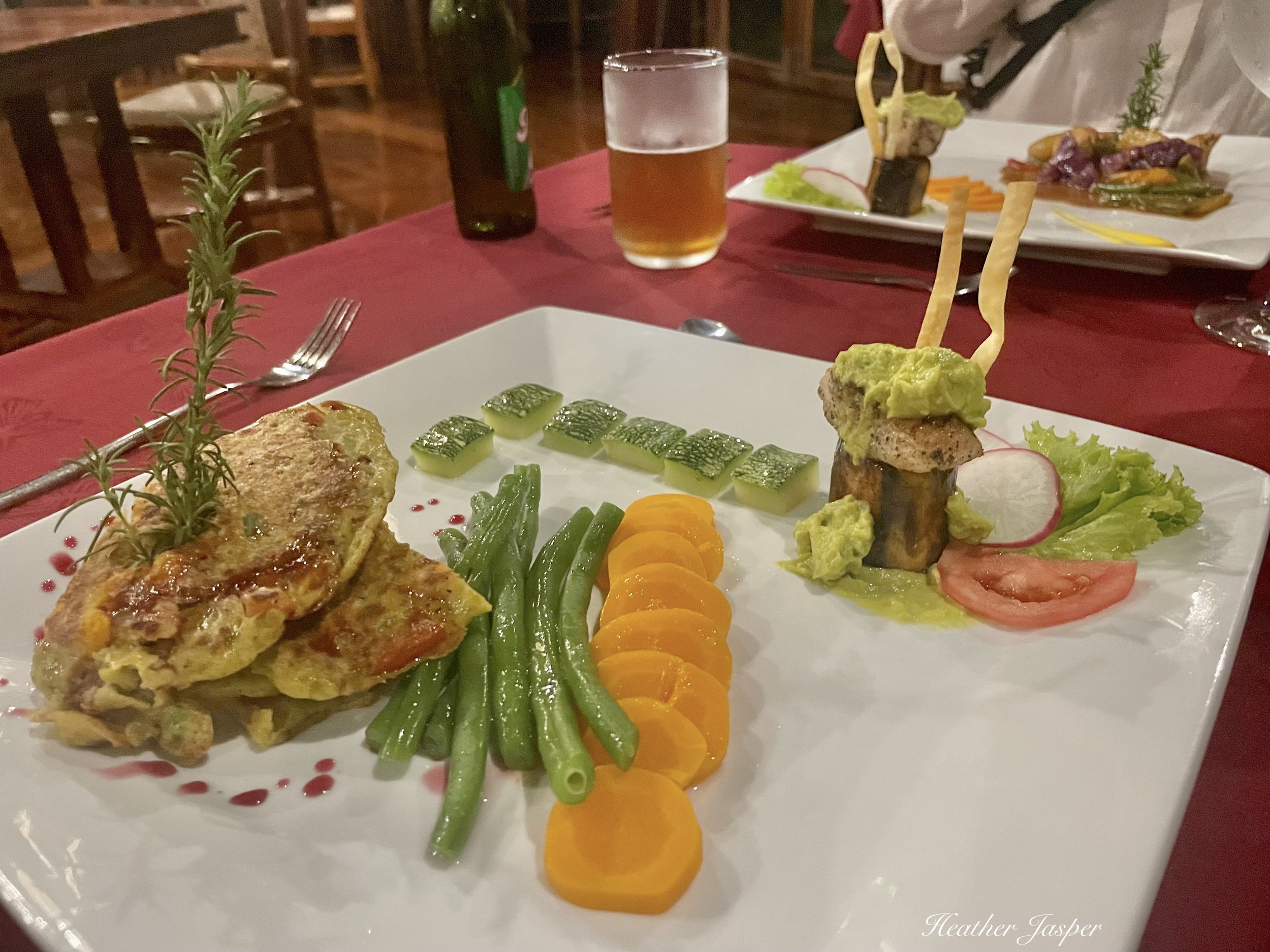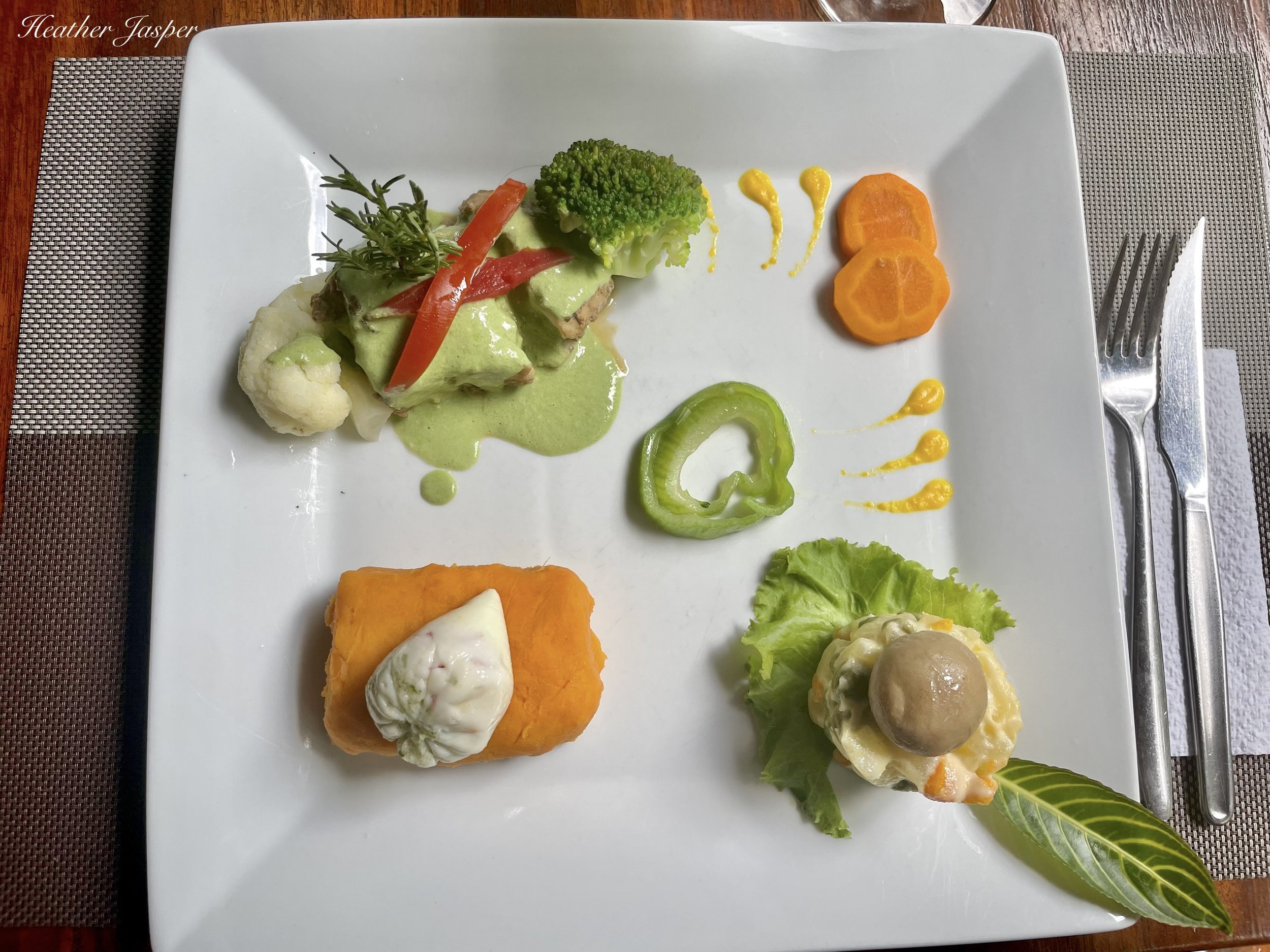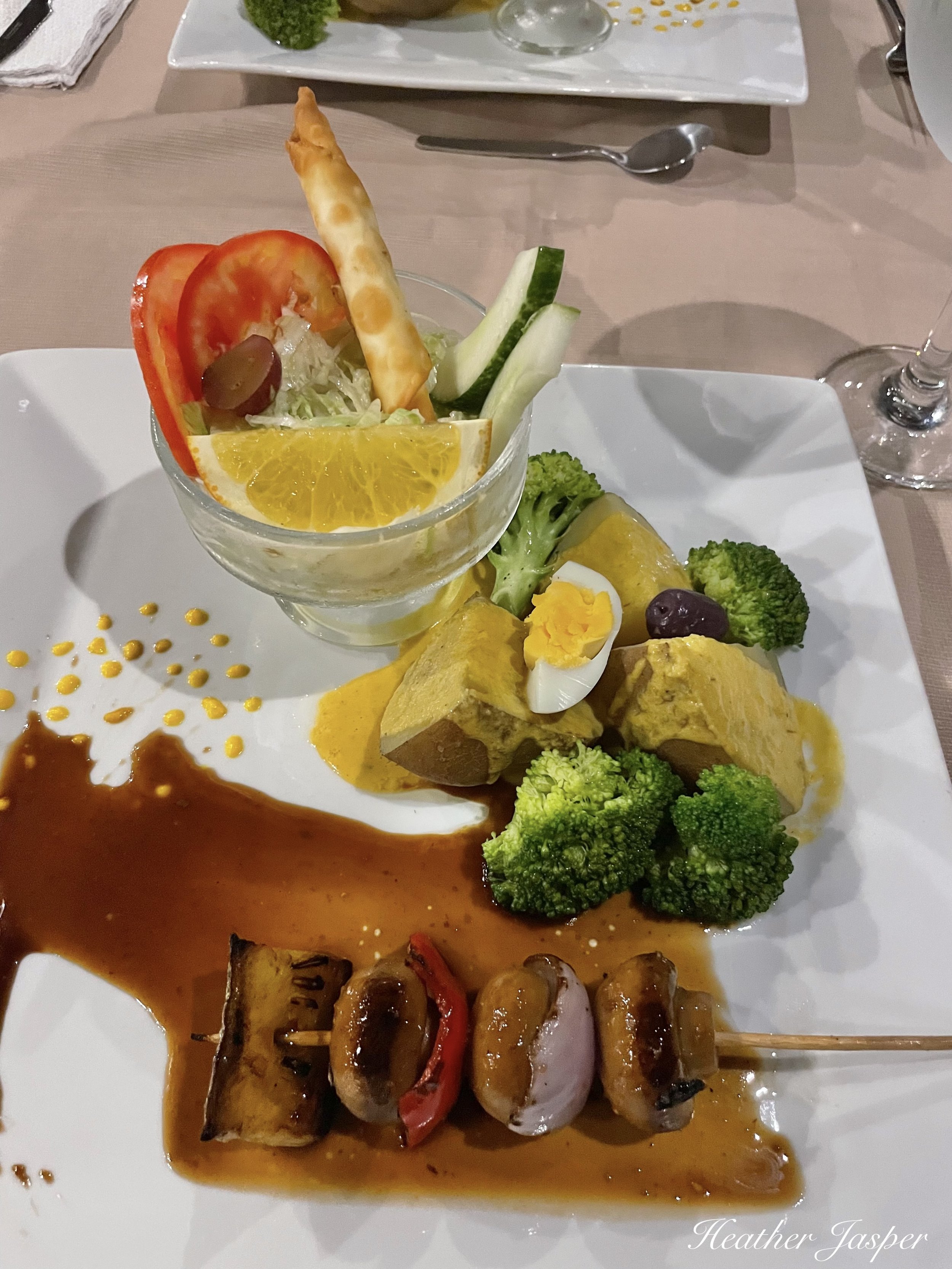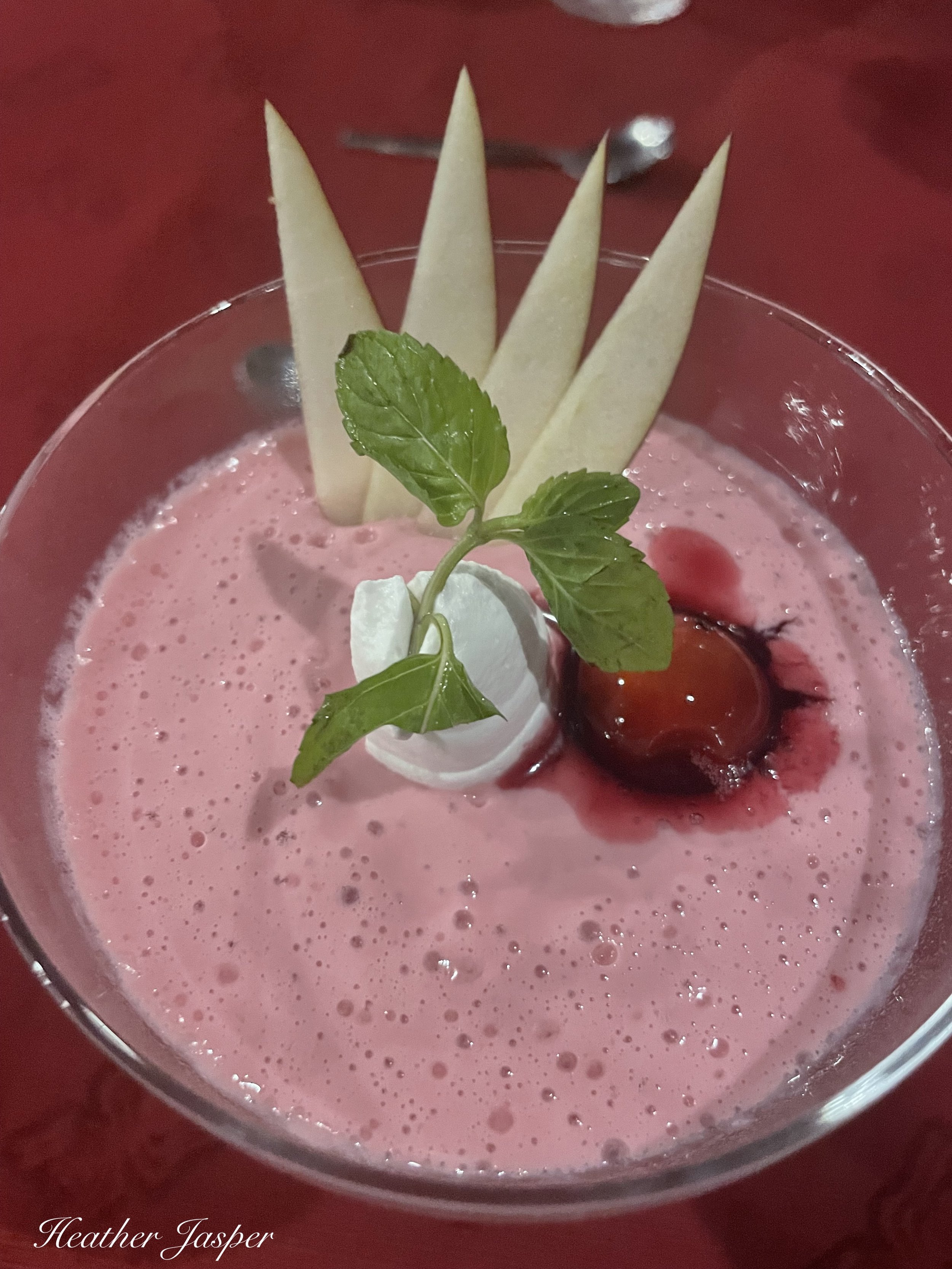Treehouse Lodge
I’d always wanted to sleep in a tree.
Treehouse Lodge is in the top two most unique places I’ve ever stayed. The other is Pristine Camps Salinas Grandes.
After our luxurious Delfín cruise, my friend Susan treated me to a stay in a treehouse.
I loved living in the rainforest canopy. We were up in the treetops, though we didn’t see as much wildlife as I expected. It was still exciting. There wasn’t much wind in early December, but the treehouse swayed every time one of us walked across the suspension bridge to our treehouse.
Treehouse Lodge doesn’t have amenities like air conditioning and hot showers, but the personalized service was my kind of luxury anyway. There are twelve treehouses, secluded in the forest, and only three were occupied when we were there. Even better, each treehouse comes with its own guide.
The birds we saw!
We saw hundreds of birds every day and my complete list is at the bottom of this blog. These are the birds in the photos above, in order of appearance: Greater Ani, Green-backed Trogon female, Masked Trogon male, White-eared Jacana, Masked Titayra, Red-capped Cardinal, Scarlet-crowned Barbet female, Scarlet-crowned Barbet pair, Scarlet-crowned Barbet male, Blue and Yellow Macaw (3 pics), Yellow-headed Caracara (2 pics), Lettered Aracari pair, Roadside Hawk, Horned Screamer male, Wattled Jacana (3 pics), Striated Heron, Social Flycatcher, Masked Crimson Tanager, Yellow-tufted Woodpecker pair, Cream-colored Woodpecker, Turkey Vulture.
All the Amazon wildlife was amazing!
While we were more focused on the birds, Susan and I saw tons of other wildlife. I was especially excited to see sloths. While this wasn’t the first time I’ve seen sloths in Peru, it was certainly the most sloths I’ve seen and the closest. Here are just a few of the non-birds we saw: 3-toed sloths (4 pics), Squirrel monkeys (2 pics), Saki monkeys, Titi monkeys, Long-nosed bats, and a giant moth.
Edinson
Edinson was our guide. He’s from Iquitos and highly trained in bird identification. He spoke great English and was always cheerful and helpful.
Hugo
Edinson’s assistant Hugo was from a nearby community. He was an expert boat captain, cleared paths with a machete when we went hiking and was very helpful in spotting birds.
Susan and I had a guide and his assistant at our disposal from 5am to 10pm every day.
Every treehouse comes with its own guide and guide’s assistant. Edinson and Hugo were a fantastic team. They knew everything about the jungle, the animals and how to get through the flooded forests to oxbow lakes. While Hugo didn’t speak English, he clearly knew every inch of the rivers we cruised on day and night. Several times we were boating back to the lodge after dark and Hugo was content to motor in the dark. We always asked Edinson to turn on his light so we could see the bats and boat-billed herons - and for safety.
Local fishing
The area around Treehouse Lodge is protected by the Comunidad Nativa Libertad. This is an Indigenous community that protects the rainforest from illegal logging, hunting and development.
5:30am birding
I was so thankful that Edinson and Hugo were available early mornings and late evenings, not only because that’s when birds are the most active but that’s when it wasn’t so horrendously hot. There was also more shade on the river then.
The food was delicious
Considering that we were hours from the nearest market, and that the only way to get there was by boat, I was very impressed with the quality of the food. The vegetarian and pescatarian options were great and Susan’s meat options looked good too. The portions in the photos look small, but I was always full at the end of the meal and never needed to ask for seconds.
Local ingredients
Like the cocona juice I’m drinking, one way Treehouse Lodge is sustainable is how they source local food. I didn’t see any plastic or disposable dishes during our five days at the lodge.
Living in and caring for the rainforest
Treehouse Lodge does all the right things to be considered an eco-lodge.
There’s no plastic straws or plastic bottles in the dining room, there’s no plastic toiletries bottles in the bathrooms or much plastic at all anywhere on the property. (Plastic trash is taken back to Iquitos to the dump there). They have solar panels on a dock in the river, which is really the only place you can have solar panels without cutting down trees. They do have a generator, but they use it sparingly and overall use as little electricity as possible. All lightbulbs are high efficiency and there are no air-conditioners on the property. The showers are cold, which takes a little getting used to, but it’s so hot in the jungle that I learned to crave a cold shower after every excursion.
How to get there?
You have to fly into Iquitos, which is only accessible by road from the town of Nauta. Nauta doesn’t have an airport and it’s the town where most cruise companies (like Delfín) and lodges depart from. To take the Amazon River from Iquitos to Nauta takes about 18 hours, while the drive from Iquitos to Nauta is about 2 hours. The road was completed in 2012 and has opened up the area of forest between Iquitos and Nauta to lots of legal and illegal destruction from development: housing, industry, logging, and wildlife hunting.
Birds of Peru
Susan and I used the Princeton Field Guides book “Birds of Peru” by Schulenberg, Stotz, Lane, O’Neill & Parker.
Complete bird list, with duplicated deleted.
Thanks to Edinson and Hugo, we saw a staggering number of birds from December 6-10. Most on the list below we saw multiple times and some we saw multiple times every day. Some we only heard, as noted below.
Ladder-tailed nightjar, Striated Heron, Boat-billed Heron, Egrets, Sand-colored Nighthawk, Black-crowned Night-heron, Black Skimmer, Common Pauraque, Spectacled Owl, Dusky-headed Parakeet, Band-tailed Antbird, Scarlet-crowned Barbet, Tropical Kingbird, Spot-breasted Woodpecker, Yellow-rumped Cacique, Russet-backed Oropendola, Ringed Kingfisher, Black-headed Vulture, Greater Ani, Red-capped Cardinal, Black-tailed Trogon (female & male), Black-fronted Nunbird, Long-billed Woodcreeper, Orange-bellied Euphonia, Gray-headed Flycatcher, Undulated Tinamou (heard), Buff-breasted Wren, Masked Crimson Tanager, White-eared Jacamar, Social Flycatcher, Velvet-fronted Grackle, Gray-crowned Flycatcher, Gray Elaenia, Greater & Lesser Kiskadees, Masked Titayra, Swallow-wing Puffbird, Rough-winged Swallow, Great Potoo, Short-tailed Parrot, Black-collared Hawk, Yellow-headed Caracara, Drab Water Tyrant, Amazon Kingfisher, Solitary Sandpiper, Crimson-crested Woodpecker, Smooth-billed Ani, Orange-winged Parrot, White-throated Toucan (heard), Short-crested Flycatcher, Squirrel Cuckoo, Moscovy Duck, Eastern Wood Pewee, Paradise Tanager, Turquoise Tanager, Short-tailed Swift, Nightjar (short tailed?), Tropical Screech Owl, Amazonian Streaked Antwren, Roadside Hawk, Chestnut-eared Aracari, Yellow-crowned Parrot, White-winged Parakeet, Blue-crowned Trogon, Paradise Jacamar, Black-tailed Titayra, White-tipped Dove, Gray-fronted Dove, Slate-colored Hawk, Red-bellied Macaw, Oriole Blackbird, Ferruginous Pygmy Owl, Speckled Chachalaca (heard), Blue and Yellow Macaw, Silver-beaked Tanager, Blue-gray Tanager, Troupial, Tui Parakeet, Yellow-tufted Woodpecker, Lemon-throated Barbet, Scarlet Macaw, Black-winged Swallow, Olive-spotted Hummingbird, Plumbeous Kite, Cobalt-winged Parakeet, Lettered Aracari, Mealy Parrots, Screaming Piha (heard), Thrush-like Wren (heard), Channel-billed Toucan (heard), Greater Black Hawk, Buff-throated Woodcreeper (heard), Little Woodpecker, Chestnut-bellied Seed Finch, Buff-throated Wren, Black-capped Donacobius, Laughing Falcon, Dot-backed Antbird (heard), Hooded Tanager, Plumbeous Antbird, White-bearded Hermit Hummingbird, Wire-winged Parrot, Glittering-throated Emerald, Plain-breasted Piculet, Oliveaceous Flatbill, Plum-throated Cotinga, Ruddy-tailed Flycatcher, Wire-tailed Manakin, Green-backed Trogon, Gray-breasted Martin, White-winged Swallow, Large-billed Tern, Black-billed Thrush, Yellow-crowned Tyrannulet, Yellow-browed Sparrow, Lesser Yellow-headed Vulture, Horned Screamer, Mot Mot (heard), Yellow-billed Tern, Yellow Bill, Yellow-bellied Dacnis, Black-bellied Whistling Duck, Wattled Jacana, Festive Parrot, Purple-throated Euphonia, Olivaceous Woodcreeper, Amazonian Streaked Antwren, Amazonian Antshrike, Gray-headed Tanager, Cinnamon-throated Woodcreeper, Varzea Schiffornis, and Straight-billed Woodcreeper.
That’s 132, including the ones we identified from hearing them rather than seeing them.


